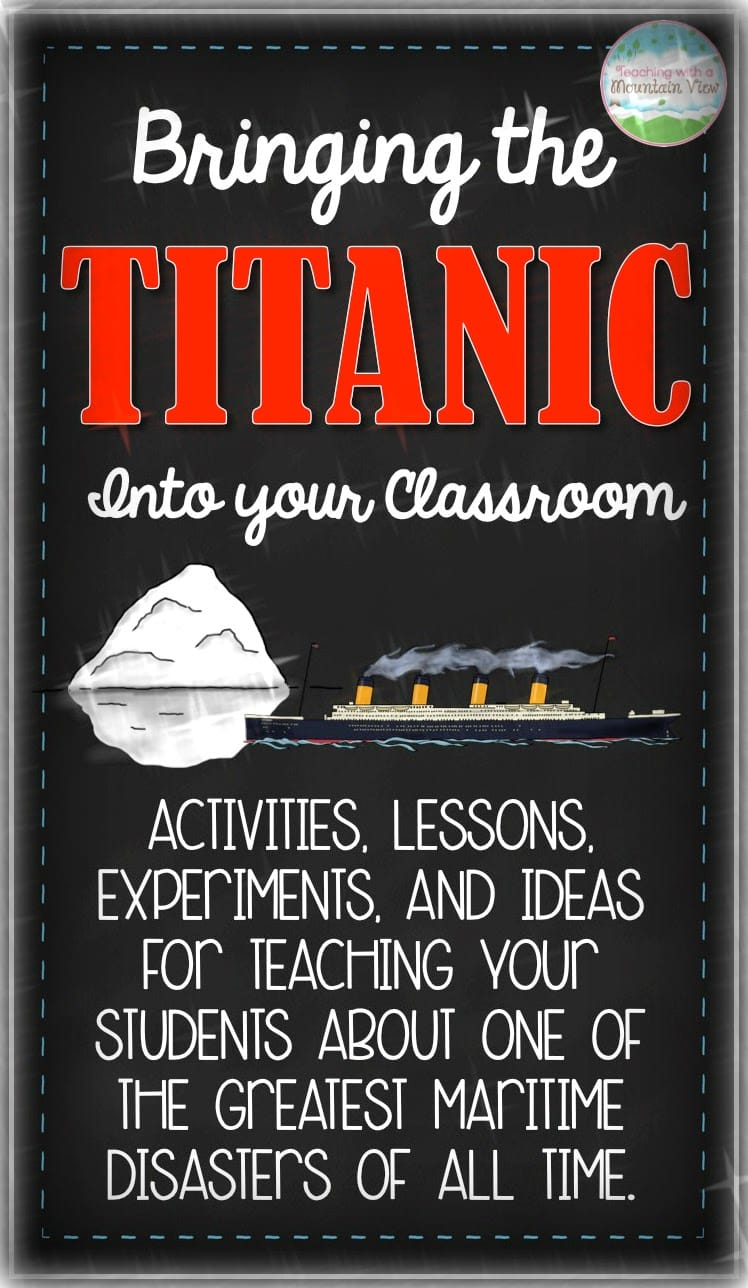
When I was young, I was never the girl who obsessed over boy bands. I was the girl who obsessed over the Titanic. Even before Titanic The Movie came out in 1997 and launched the world into a serious Titanic craze, I was fascinated with the ship and the disaster. I even contacted another Titanic buff through AOL Message Boards (!!!) and received signed memorabilia from a survivor, pictures of grave sites and more.
My fascination has never waned, and when I began teaching, I brought the Titanic with me. Each year, I did a week-long study on the ship, and my kids absolutely adored it. They were engaged every minute of it, and they felt so much compassion toward the lives that were lost. Titanic lessons create such an amazing learning experience.
Titanic Lessons
In my district, summer school is all enrichment based. I designed a 3-week course using Titanic lessons, where we would do daily science experiments, literacy connections, and more. I LOVED teaching this class just about as much as I loved learning about the Titanic. I stopped teaching summer school when I had my girls, and unfortunately, I never took any pictures of the class back then. I made it my mission this year to pull out my bins of Titanic lessons and materials to take pictures of some of the activities and experiments that we loved so much. And here they are! So many Titanic activities for you to do in your classroom. Have fun and always, always, always Remember the Titanic!
Here are just a few of my Titanic buckets of supplies! See that big metal rod on the top? I use that to show students how thick the steel plates on the ship were. It’s HEAVY! Not pictured are my dozens and dozens of Titanic books that we use throughout the study!
PLEASE NOTE: Many of the experiments I share came from a collaborative book that was offered online for FREE to educators. The original site, Titanic Science, is no longer up and running, but you can download the FREE lesson plans *HERE*. It is an AMAZING resource. Truly phenomenal.
Waterfall Book for Unit Notes
First, we make a Titanic waterfall book to record all of our fascinating information about the Titanic. We keep this handy the whole time we are working on our unit.
Throughout our study of the Titanic, they fill in their waterfall booklets with pertinent information, glue pictures and maps in, write questions, then go on book and web quests to find their answers. These are always well-loved and bursting with information by the time we are done. We have always just created our own using large pieces of construction paper, but after many requests, I also added a printable one to my Titanic Bundle.
Titanic Science Experiments
Then, we construct foil boats and see who can make the sturdiest boat. You can use marbles or pennies to see which boats can withhold the most weight. We talk about what keeps a ship afloat and the characteristics of the sturdy and not-so-sturdy boats we built.
After we have had some fun with foil boats, we do a little water displacement experiment. I fill a mini loaf pan full to the brim with water and place it into a larger foil dish pan. It has to be RIGHT at the edge, or the experiment won’t work. Then, I get a block or a piece of wood (the heavier the better) and place it in. Of course, water pours over the age of the mini pan. In theory, if you weigh the water that is displaced, it should weigh the same amount as the piece of wood that you put in. This help them understand the science beyond water displacement and why ships can stay afloat.
Next, we talk about buoyancy and how it relates to the Titanic. They start by dropping a ball of play dough (DON’T USE CLAY! It’s too messy.) in water. It sinks. Then, they use the play dough to form a boat and make it float.
You can use the recording sheet for free HERE to go through the experiment with your students.
Titanic Passenger Tickets Activity
At this point, the kids are getting excited to learn about the Titanic and have some good background information from our earlier Titanic Lessons. It’s when I pull out the Titanic Passenger Tickets that they burst at the seams. In that moment, they realize the gravity of it all–the fact that these are REAL people that this awful thing happened to, not just actors on a movie screen.
Each student gets their own ticket aboard the Titanic and we research our passengers. Sometimes I wait for them to do their research until the end so that they don’t know their fate. I have done it both ways, and its a very powerful lesson, no matter when they research their passenger.
You can get the passenger tickets at my TpT store HERE.
Here is a picture of one teacher’s bulletin board. She has their waterfall booklets AND their passenger research up!
More Titanic Lessons and Suggested Books
At this point, we also start reading our books. I have used several novels to teach the Titanic, but this Interactive History Adventure Book is hands-down a student favorite. It is similar to a choose your fate novel, with different paths that can be taken. We go through all the paths and they complete activities using a choice board. You can purchase the Interactive History Adventure Books HERE. (Affiliate link)
You can see the choice boards at my TpT store HERE.
I also wrote two Titanic books! You can view Voices of the Titanic and Titanic Q&A with my Amazon affiliate links.
I also assign a Titanic “Webquest” of sorts, where students scour the web (with many site suggestions) to write a diary from the perspective of someone on board Titanic. You can find the link to my FREE webquest in this Distance Learning Post.
More Titanic Science Experiments
You have probably seen the next demonstration before, but it’s a must for any Titanic unit. It’s easy! Freeze a large balloon filled with water. Let it bob in a sink, fish tank, or large Tupperware. It shows just how much of an iceberg sits underwater and why the visible tip of the iceberg is probably not what caused so much damage–instead, it is what they couldn’t see that wreaked havoc on the poor ship. I usually do several sizes of the balloons so that they can see that it happens no matter how big the berg is.
The students are always ready to get right to the sinking. After all, it’s the part they know the most about and are most interested in. This watertight bulkhead Titanic experiment is hands-down my favorite experiment. You will need lots and lots of 2 liter bottles (3 per group) and large tupperwares, sinks, or fish tanks. Again, parents are a great resource for this. For full details of this experiment, see the Titanic Science guide that I linked to at the beginning of this point. Here are some pictures to show you how it works…
First, cut a 2-liter bottle as pictured above. On the top, you will make a square that does NOT span the circumference. A small enough opening that water won’t pour in the sides when you weigh your bottle down to be half way submerged.
I always use marbles (because I had a surplus of them), but you can use weights, too. Anything to put weight in your boat. Put enough weight in so that the bottle cap is half way submerged. Then, open the bottle and time how long it takes to sink. NOT LONG AT ALL!
Then, cut the bottoms off of two more bottles. These are going to simulate your watertight compartments. Let your students experiment with different ways of using your compartments to section the boat off into three different parts. After a few tries, try to TAPE THEM DOWN WELL! Tape is a good variable. 😉
Use the same exact amount of weight as you used before and evenly distribute it between the three sections. Now, open the bottle top again. The boat will start to take on water, but I have had some kids successfully keep their boats afloat indefinitely! Others sink after one compartment fills up and then water pours over the others. HINT: The ones that don’t sink are the ones that make full enclosures with their compartments, NOT the ones like I have pictured above. Remember that one of the reasons the watertight compartments were not really watertight was because they weren’t sealed at the top, so once they were full and the boat started to dip, they spilled over the tops and eventually filled the entire boat.
Here is a recording sheet that I created to use with this experiment. You can download it for free HERE.
One of the reasons that scientists suspect that so much damage was done to the Titanic was the weak rivets that were used in her hull. There are a lot of great articles about this theory. HERE is one that I always read to my students. It is something that rarely gets mentioned, but it’s so important!
This Titanic experiment is another that I originally got from the free Titanic Science resource linked above. It explains the experiment in depth.
You will need angel hair pasta, fettuccine, and air-dry clay. This is meant to simulate the different types of slag used in the rivets. Most students will hypothesize that the fettuccine rivets will hold up better…They are wrong. Again, read the Titanic Science description of this one.
Here are the rivets ready to be tested. We put them between two desks and see which ones can hold the most weight. The teacher guide will suggest that you use small cups from applesauce or fruit, but we found that we could often fill those up before our homemade rivets broke, so I started using 2-liter bottles.
Eventually, the rivets will break. This is a GREAT experiment, and kids get all riled up about something so small that could possibly have prevented such destruction.
There is a really neat activity in the Titanic Science book on plotting ice bergs and ice berg warnings. The kids always thoroughly enjoy this, too, and it’s an eye-opener as students question why they did not heed these warnings! It’s a great geography lesson, too.
Next, we lead into the discovery of the Titanic and what is happening to the ship as it sits below the surface.
We talk about rust on the Titanic. We put nails and a few other metal items in a small bowl with regular water and salt water. They will rust within 24 hours! Imagine what would happen to the Titanic after sitting under the ocean for 100+ years.
Then, we get into some pretty heated debates… What to do with the artifacts and the ship on the bottom of the ocean floor. We call it the Great Grave Robbing Debate since some people call it as much. Again, there is a detailed lesson on this in the Titanic Science book.
I print out letters that I find through Google and place them in salt and regular water. In other containers, I crumple them and tear them up. Then, we let them sit for several days. The more time it spends soaking in the water the better.
We talk about the difference between conserving and restoring artifacts from the Titanic. They do their best to conserve some of the soaking letters and then also do their best trying to restore the ones that I have crumpled and torn. In most cases, further damage is done to the “artifacts” as they try to restore them. They learn just how fragile a process this is and why it is controversial.
This is another topic that students get VERY opinionated about. Some believe that it is very wrong that people are taking pieces from the Titanic and others understand the artifacts’ educational and scientific value. We have always written a persuasive essay using student opinions on the issue. There are tons of articles and videos about it online.
The sheets above are from my Titanic Bundle Pack and outline both arguments. You can see the bundle HERE.
That is most of the experiments we do! There are a few others in the book, too. One I always use is where you use a water jug to show water pressure. Another activity I do each year is to have students or teachers come in your room as a surprise and put on a chaotic two minute scene. Then, ask your students about what they saw. Many can’t remember what the people were wearing, what they were talking about, etc. This shows how difficult it was to get eyewitness testimony from those that witnessed the sinking, even if they WERE right there.
Titanic Day: Time Period Activities
Many kids have a difficult time grasping just how different times were 100+ years ago when the Titanic sunk. Early on, I began hosting a Titanic Day for my students so that they could really get a glimpse into what life was like then– before they had any electronics for entertainment.
I go to the Dollar Store and buy tops, jacks, YoYos, and any other small games they may have had aboard the Titanic. This is a great simulation for life on 3rd class.
Then comes one of my students’ VERY favorite activities! We host a Titanic tea To make the prep easier and more affordable, I always reach out to parents and ask them to donate goodies for the tea. You can get a box of frozen eclairs for less than $5, a bag of cheese cubes, scones from the bakery, some fruit, etc. and many parents are willing to donate something to this “cause.” I have even had parents make small finger sandwiches and biscuits. It does NOT need to be super fancy… anything will impress your kids!
One day, I put together a plate to simulate a third class tea experience. I offer the food to anyone who wants it, and we listen to fun music and munch on our “goodies.”
The next day, I encourage my students to dress up a bit if they’d like to, and I tell them that we are going to have a First Class Tea Experience. I put all of the food parents donated onto nice trays, get plastic plates and forks, and print menus for the kids. (Fun Fact: There were no actual menus for first class tea. It is assumed that it was served buffet style. Third class tea menus are readily available on Google!)
This is always SUCH an exciting day for kids! I turn on classical music, students choose a few goodies to snack on, and I teach them a bit more about Tea on the Titanic.
It is also an amazing learning experience as students REALLY realize the difference between the classes AND get a feel for what it was like to live back then. They are always amazed to hear that they had a fancy tea like this EVERY SINGLE DAY onboard the ship! We discuss etiquette and the other meals onboard the Titanic. We also talk about the fact that THIS is what they did for fun and entertainment and that socialization was a huge part of their lives.
Cross Curricular Titanic Lessons
I always like to connect our units across the curriculum, and there is SO much math involved in the Titanic! Several years ago, I created these Titanic Math Printables for FREE.
I also always have my students make a newspaper. Unfortunately, I don’t have any examples, but I use the templates from Scholastic for this Titanic Newspaper Letter Writing Activity. Here is a link to that free resource: HERE!
Here is a picture of my Titanic lessons when I introduce the newspaper…
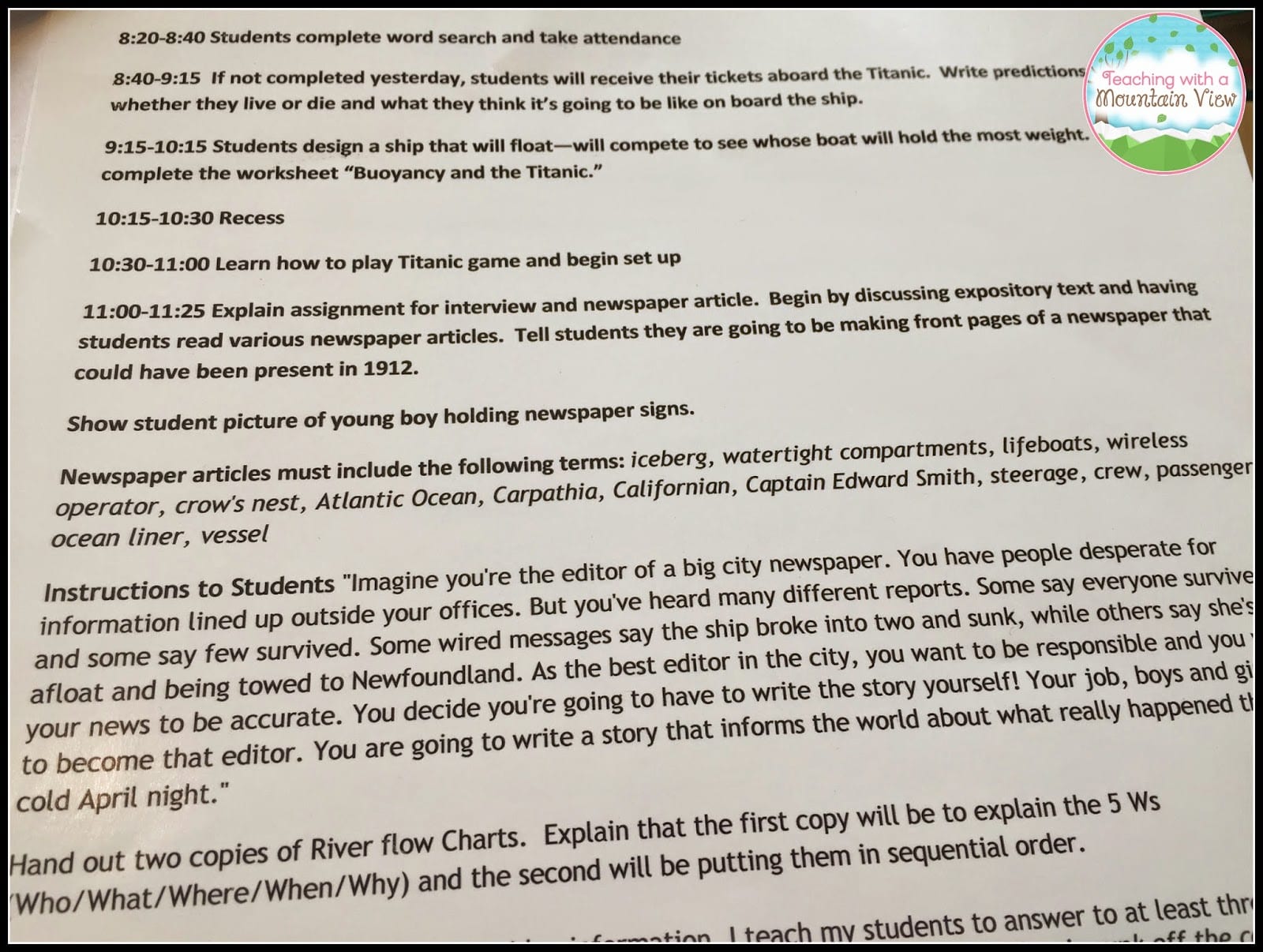
Laura sent me these pictures of her students’ marvelous Titanic models that they made! What a great activity!
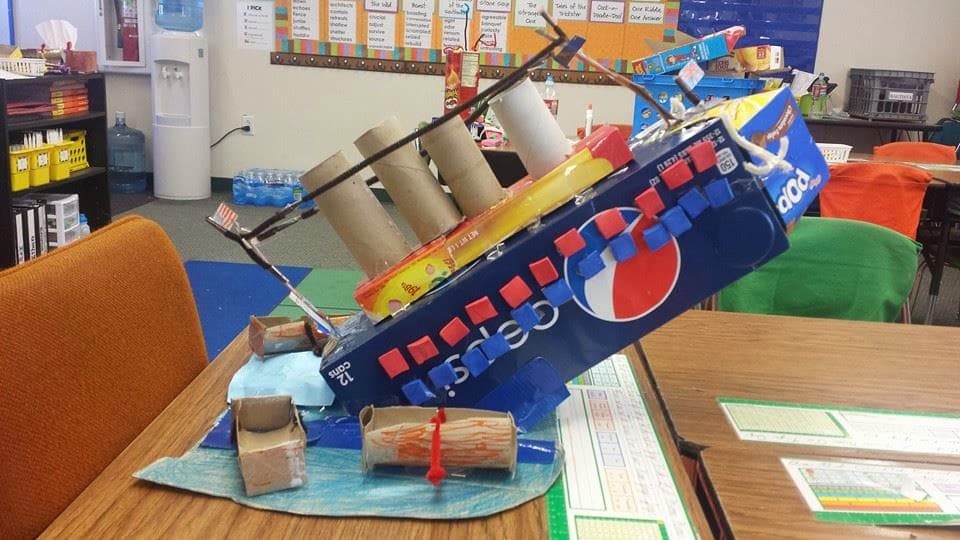
I love that this student took note of only three of the steam stacks being functional!
Titanic Lesson Bundle
Well, that’s about all I have to share right now! For even more Titanic activities and Titanic lessons and Titanic reading passages, stop by my TpT store and check out my Titanic Bundle! It includes almost everything you need (minus books and a few videos) to teach a comprehensive Titanic unit.
Titanic lessons, experiments, and activities for upper elementary students
Titanic Websites
Finally, here are a few more websites that have GREAT content and ideas for teaching Titanic Lessons!
100 Years Later: Ways to Teach About the Titanic using the Times
Mary Montero
I’m so glad you are here. I’m a current gifted and talented teacher in a small town in Colorado, and I’ve been in education since 2009. My passion (other than my family and cookies) is for making teachers’ lives easier and classrooms more engaging.







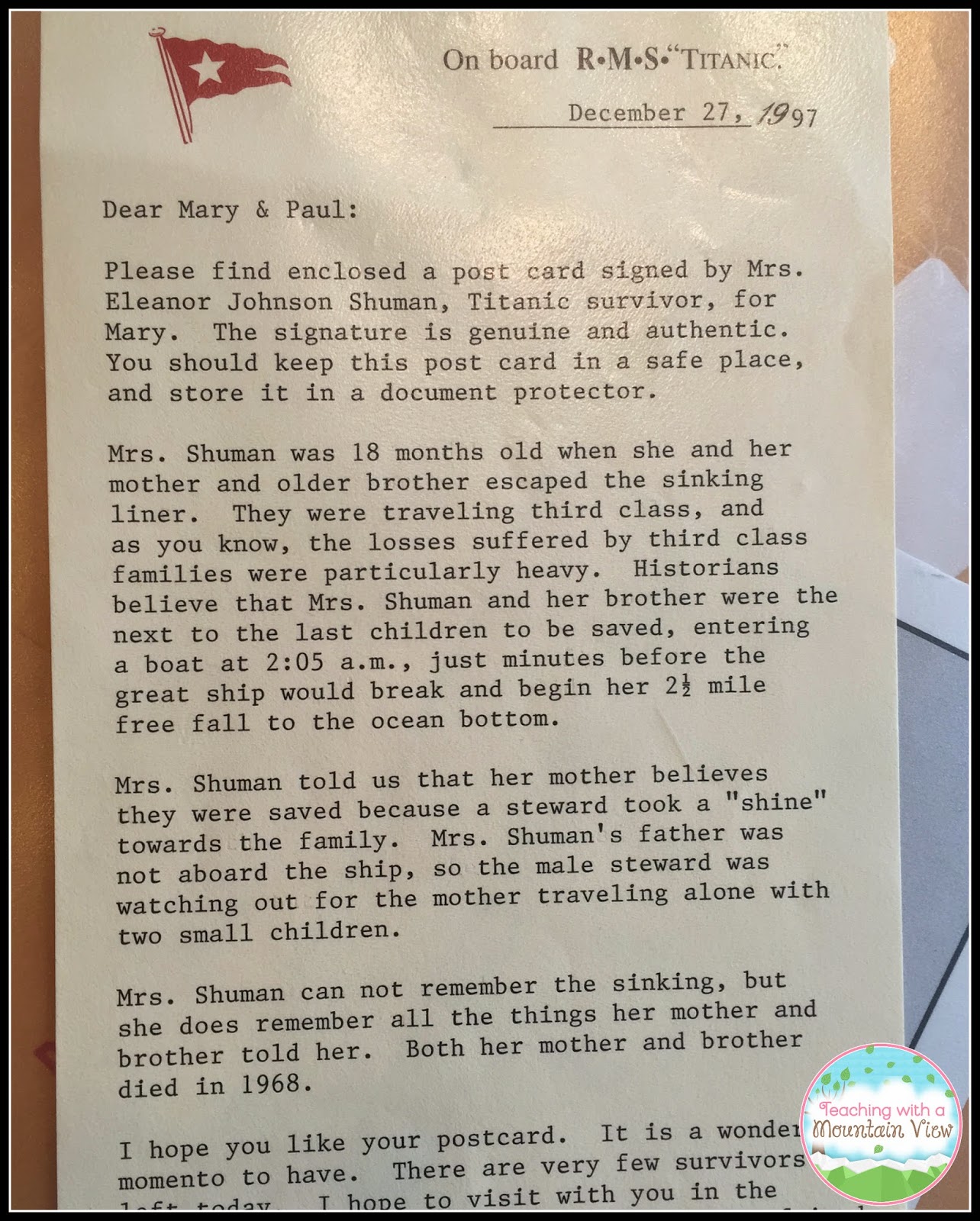
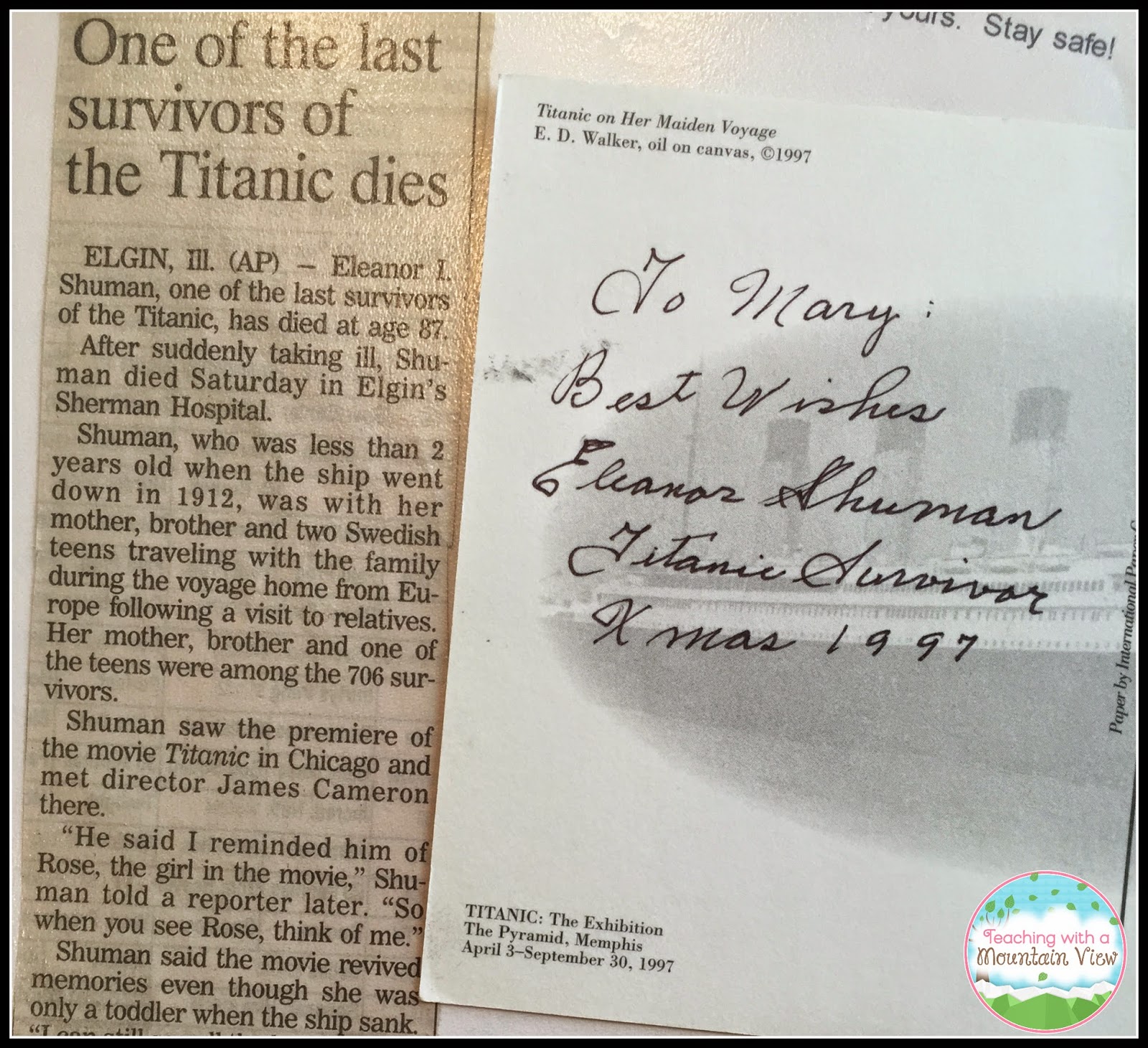
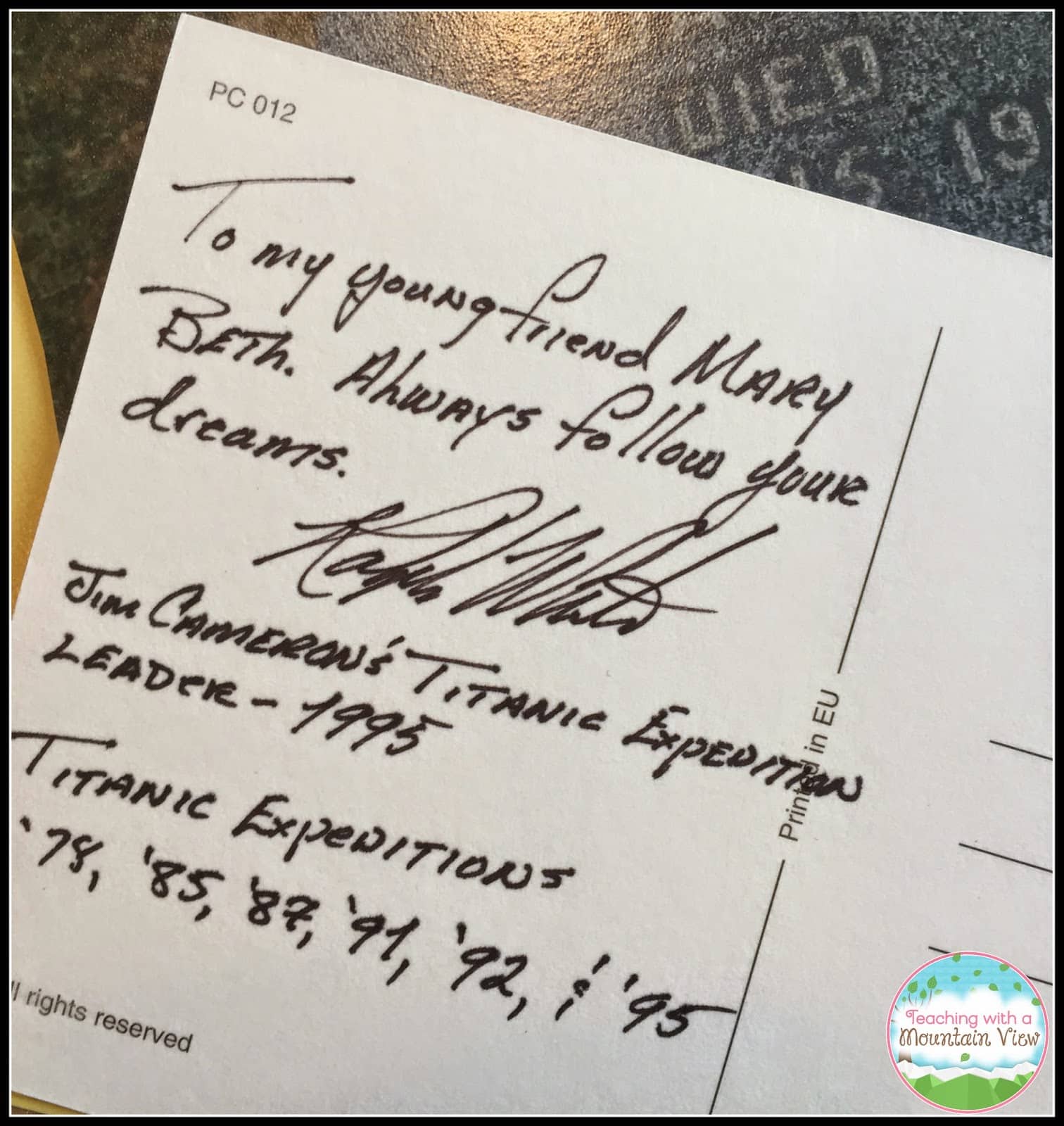
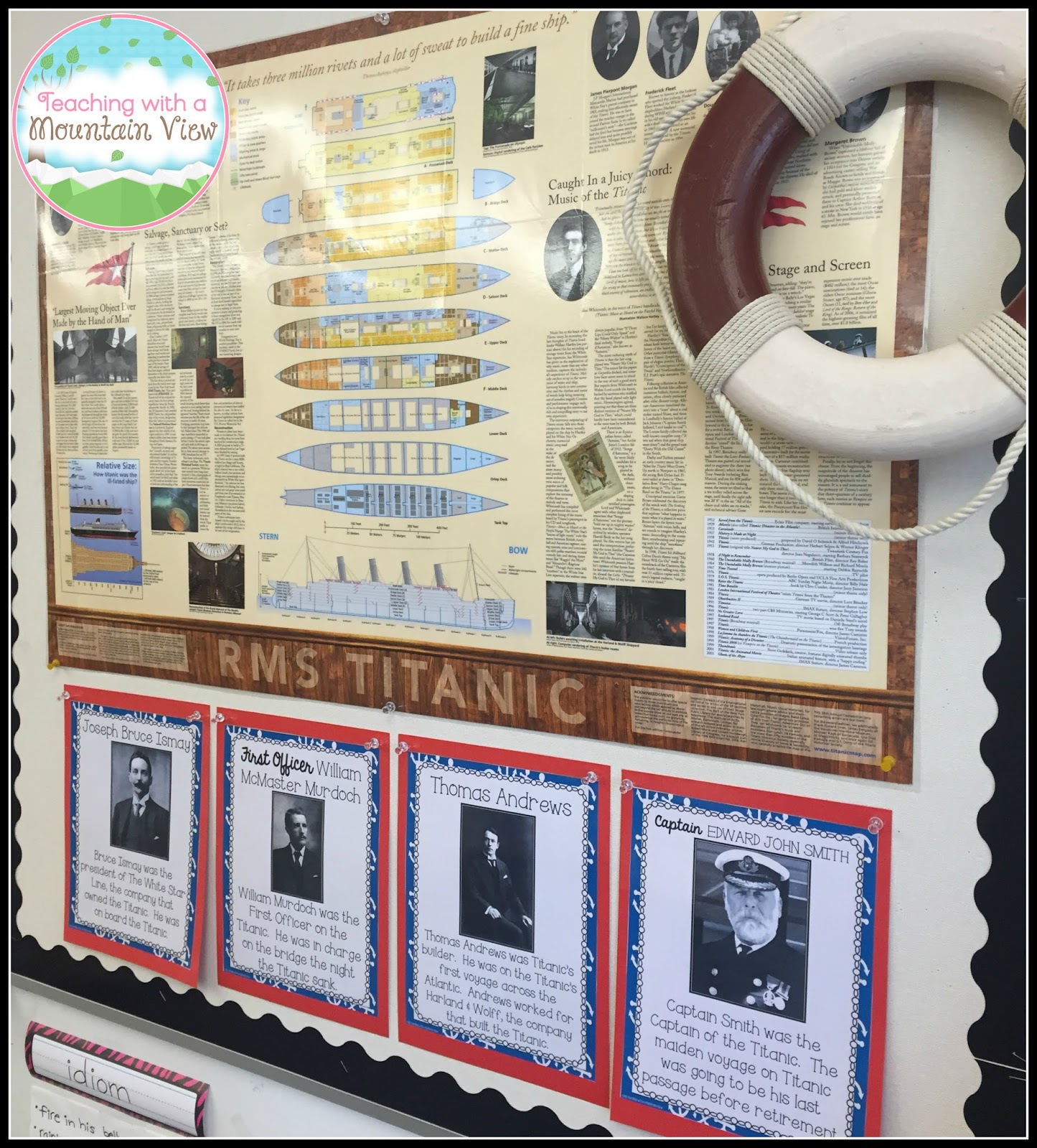
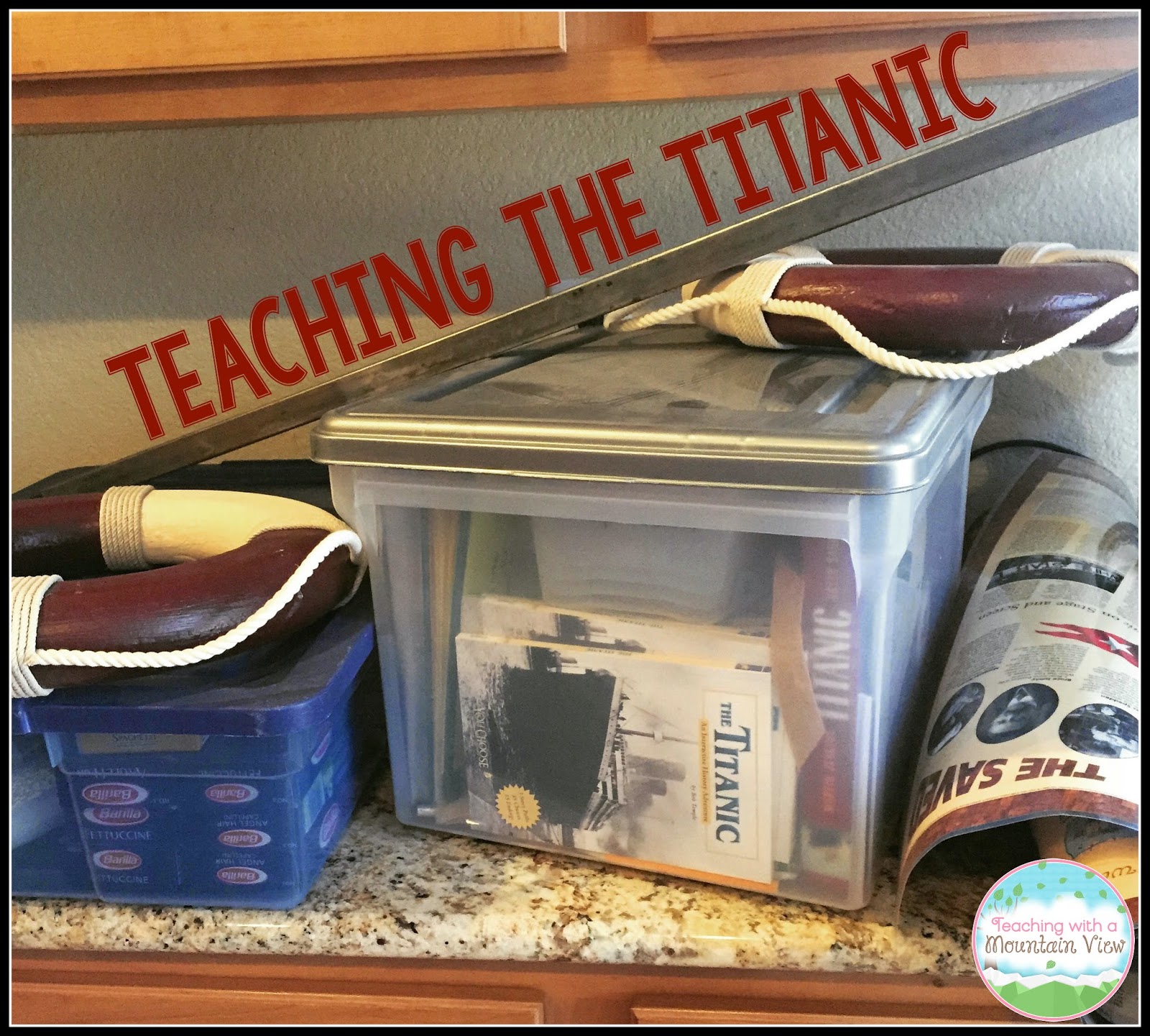
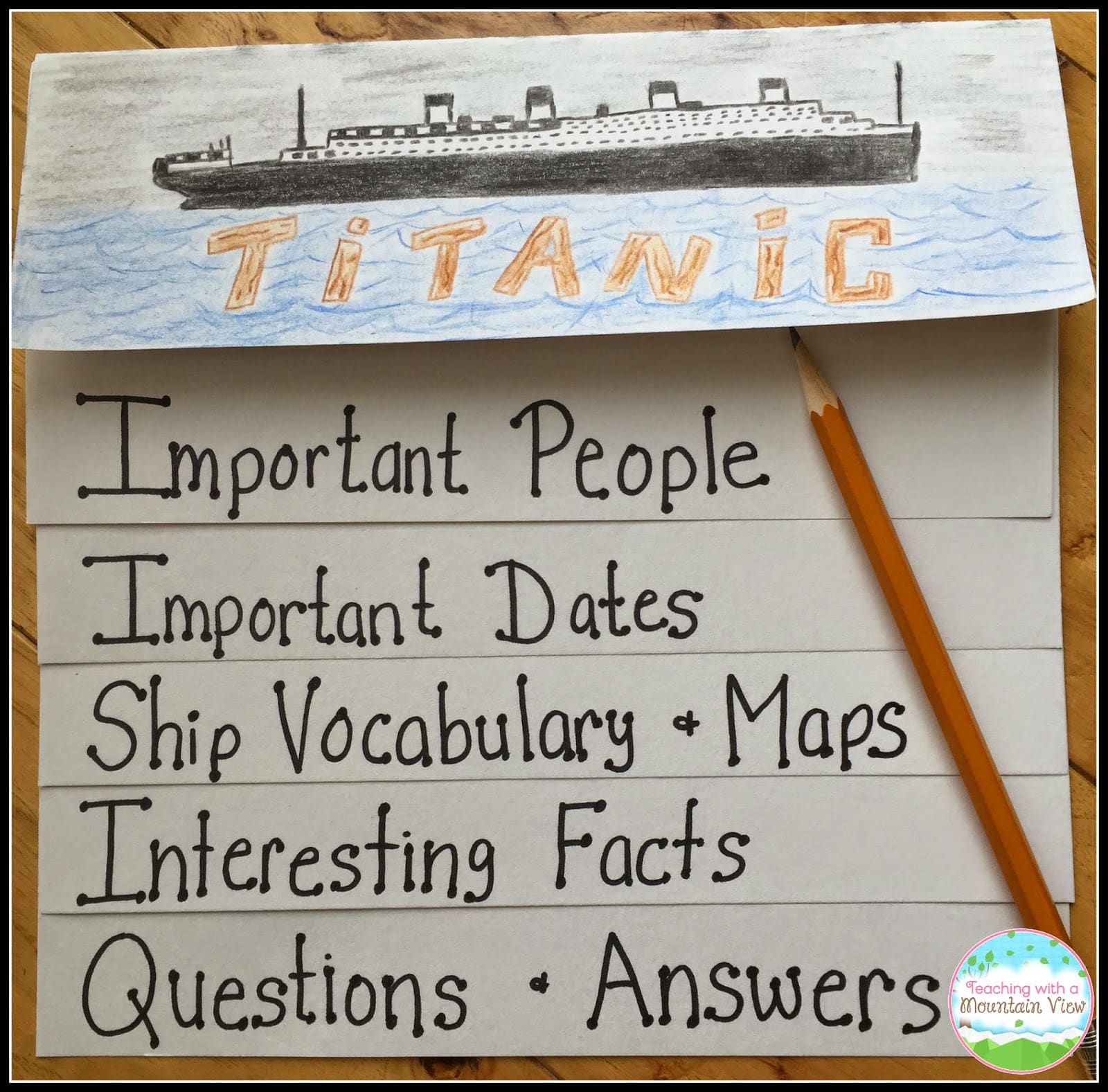
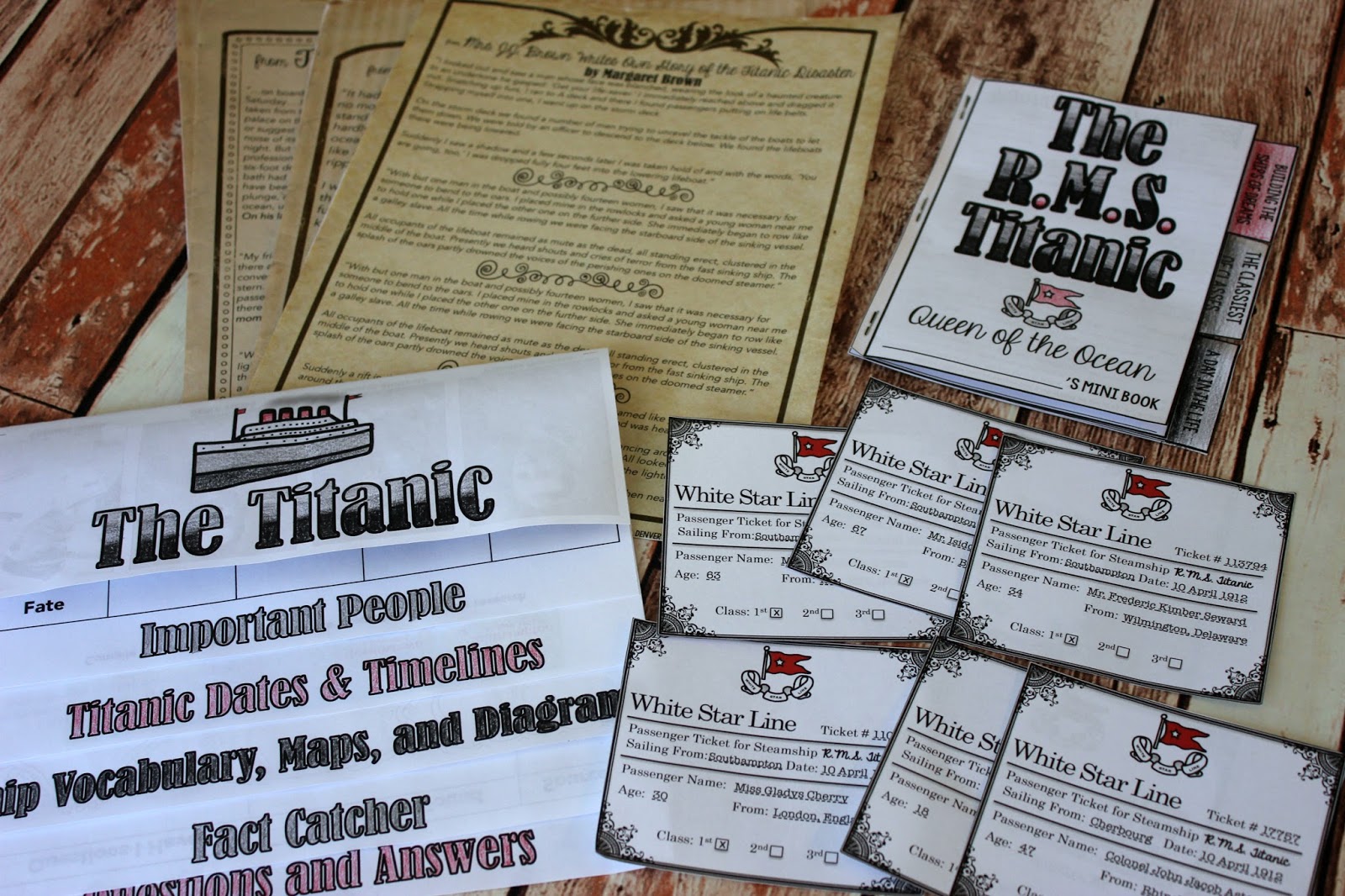
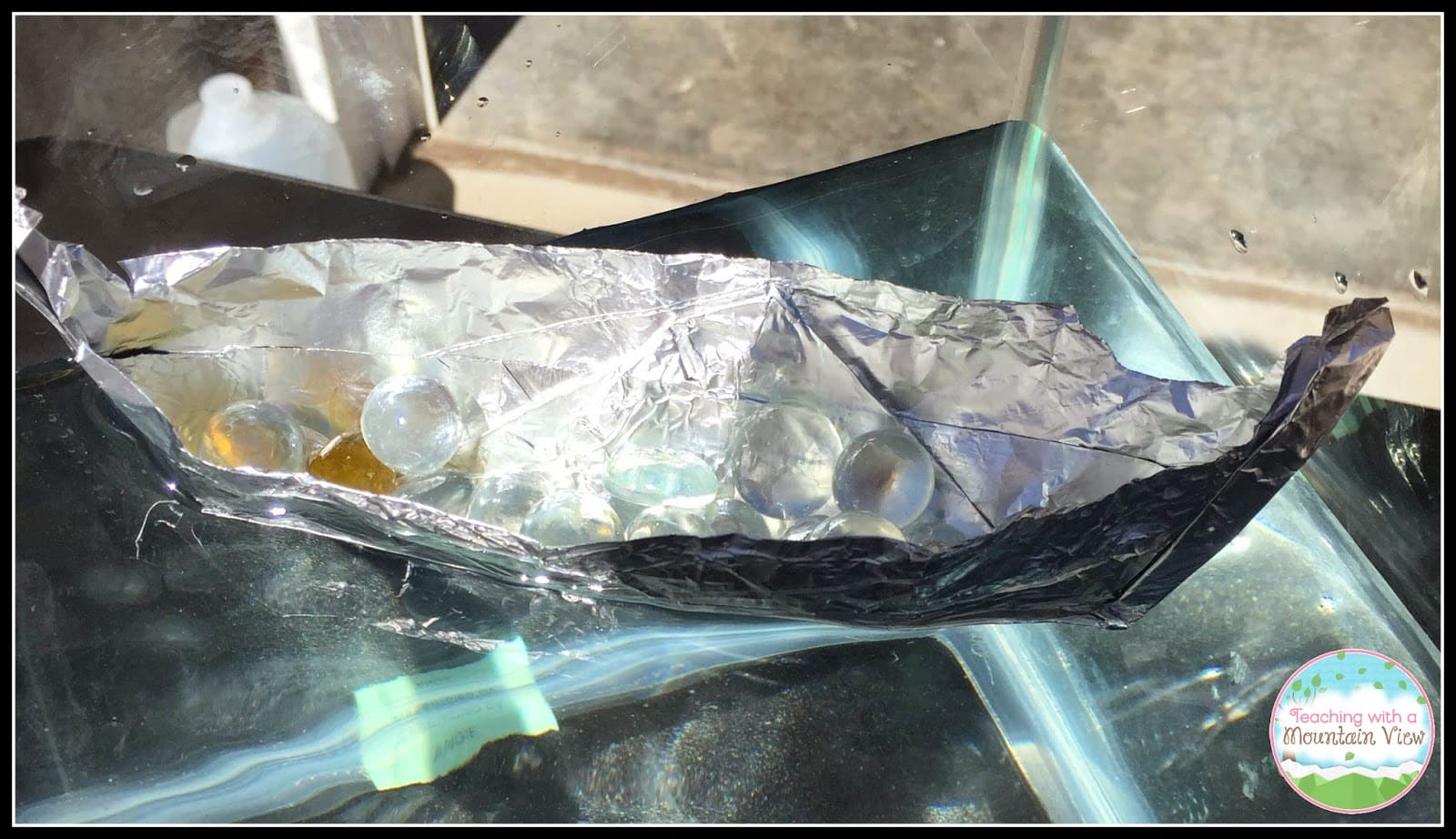
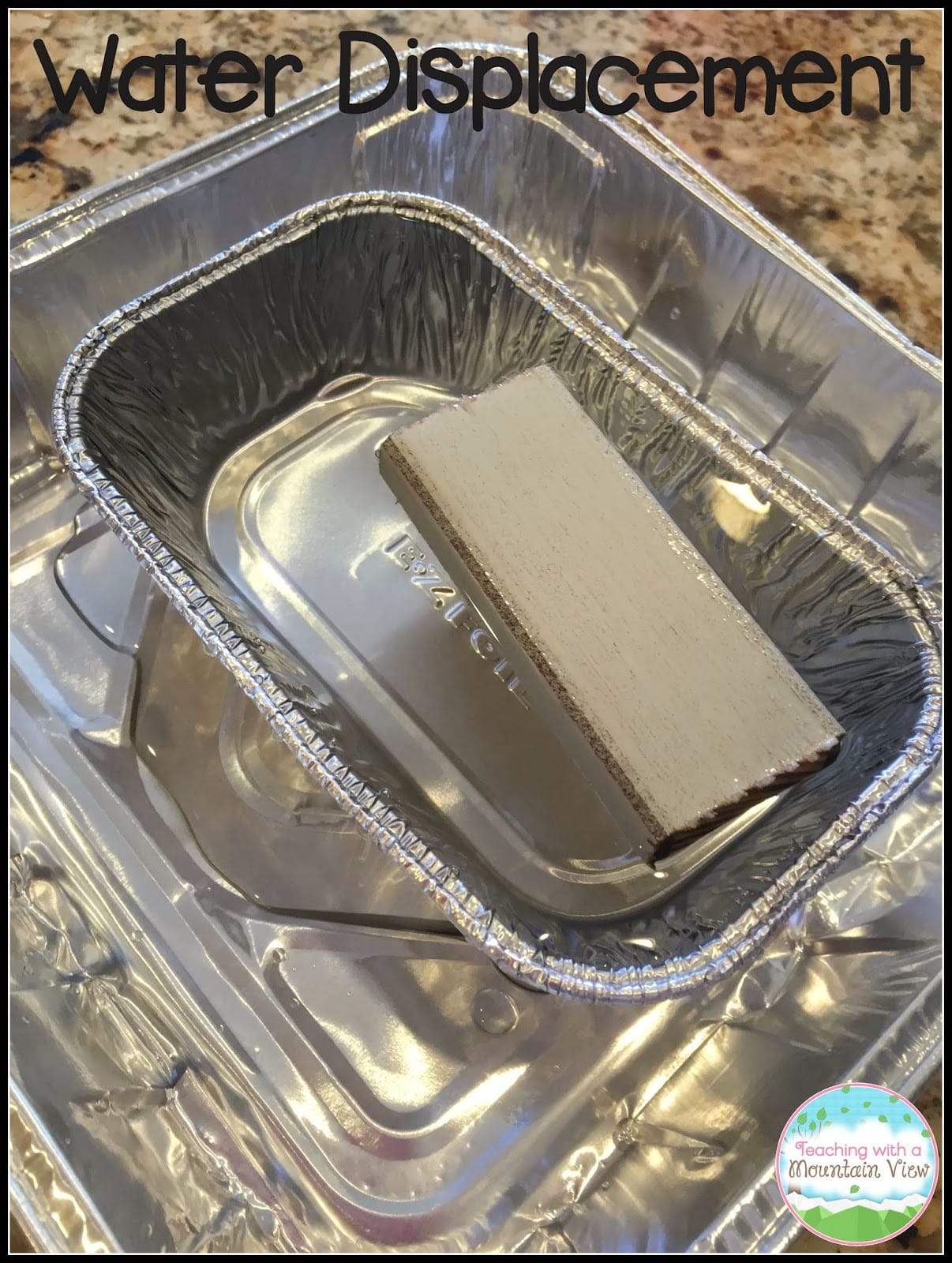
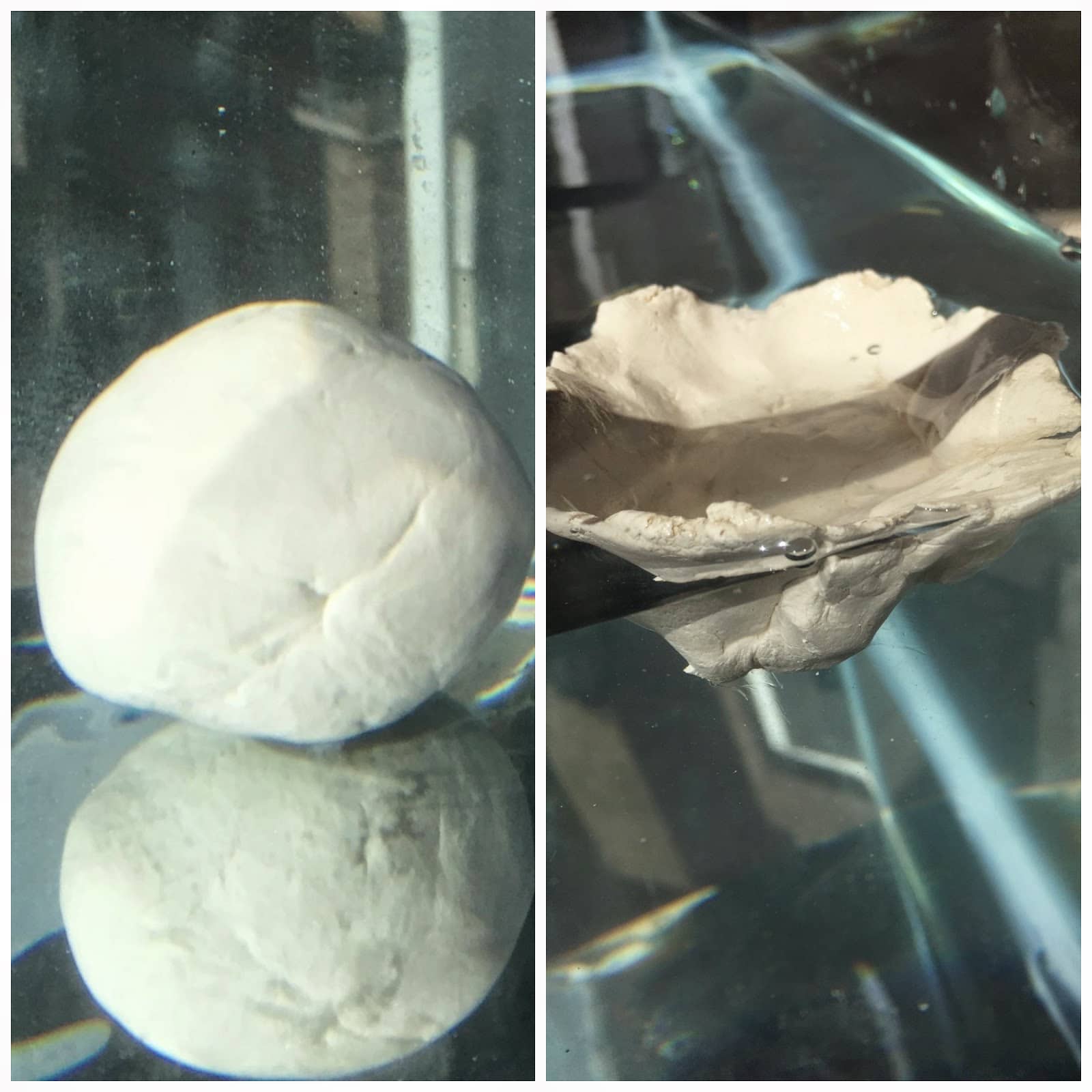

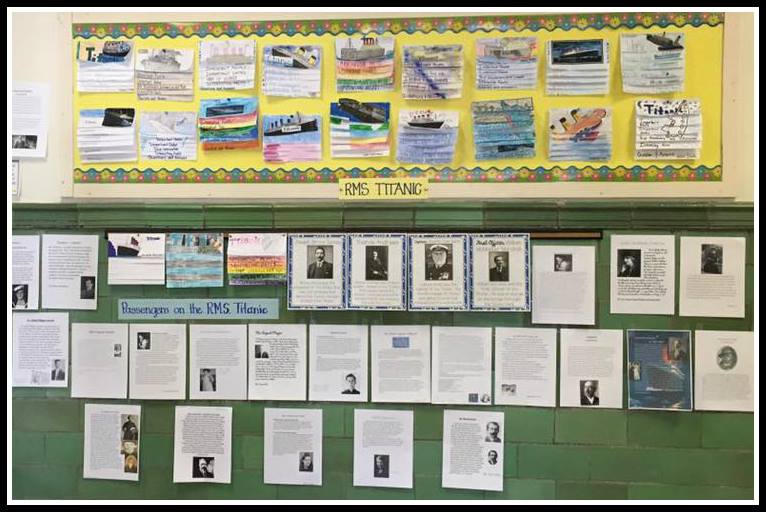
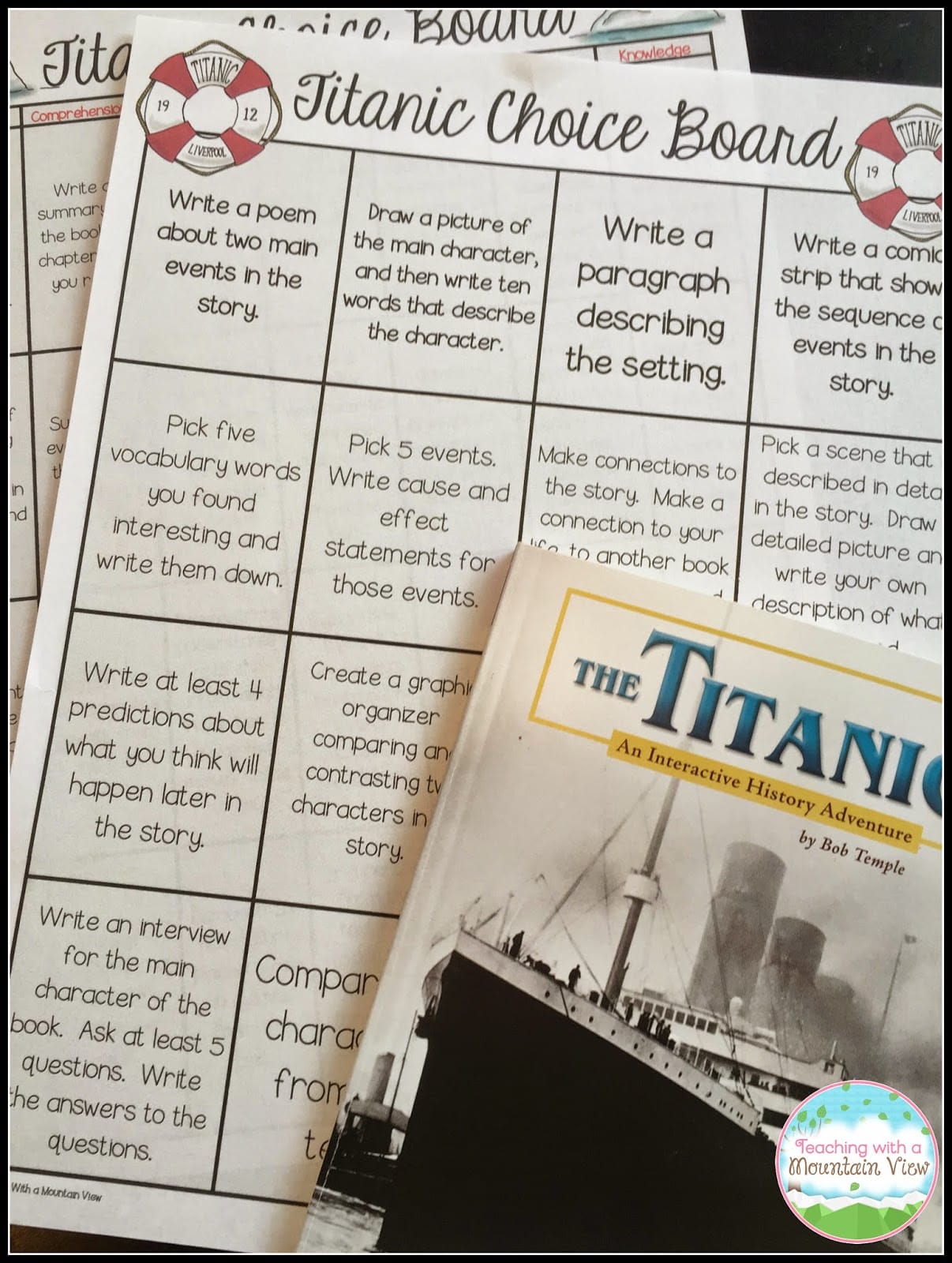
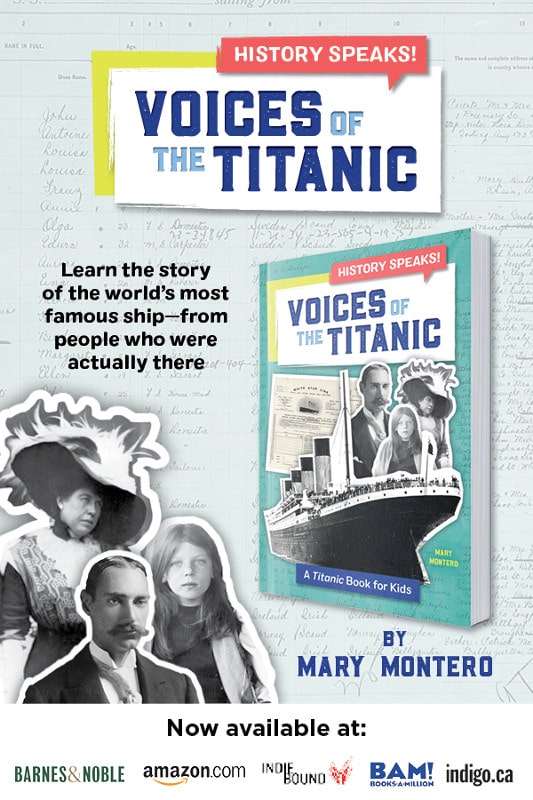
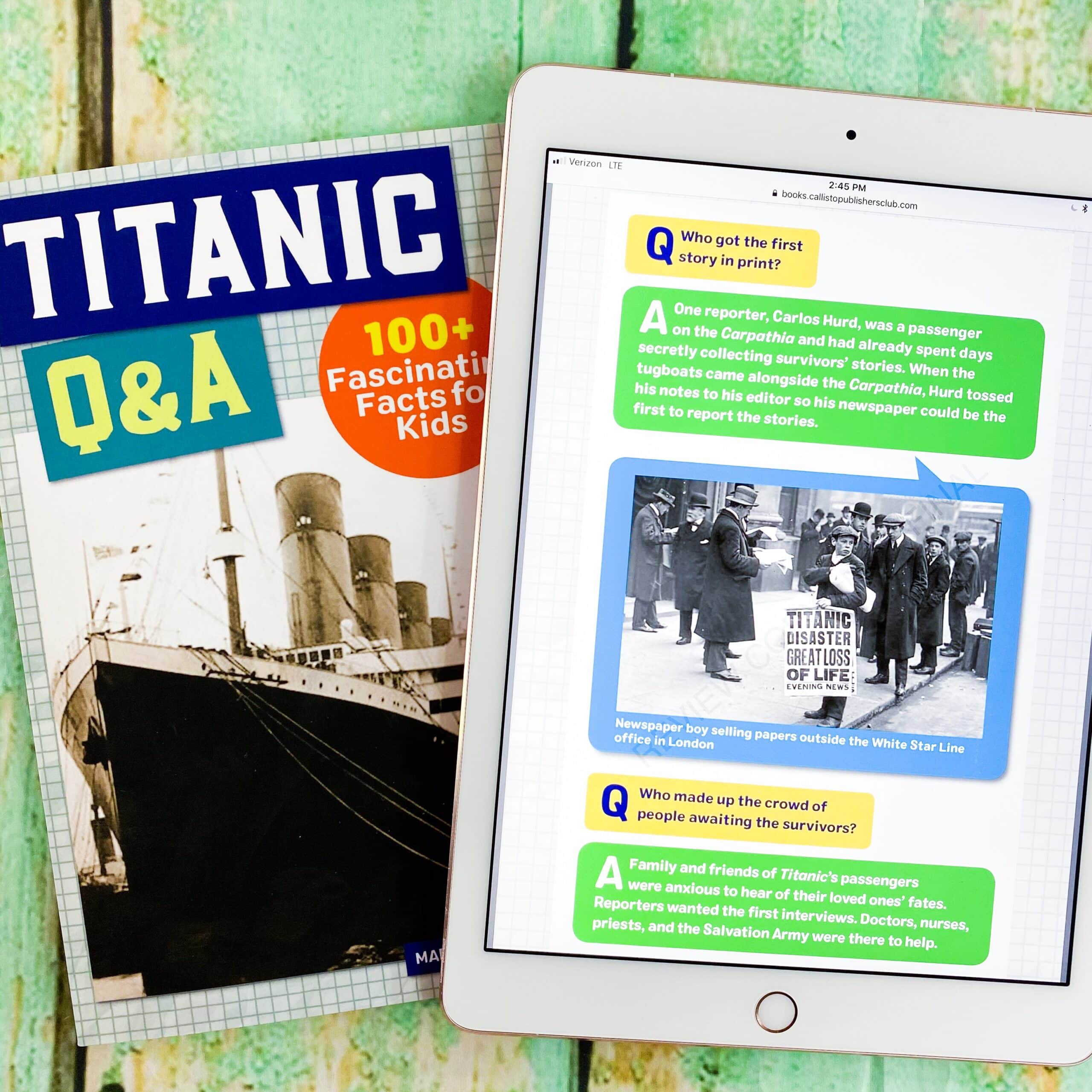
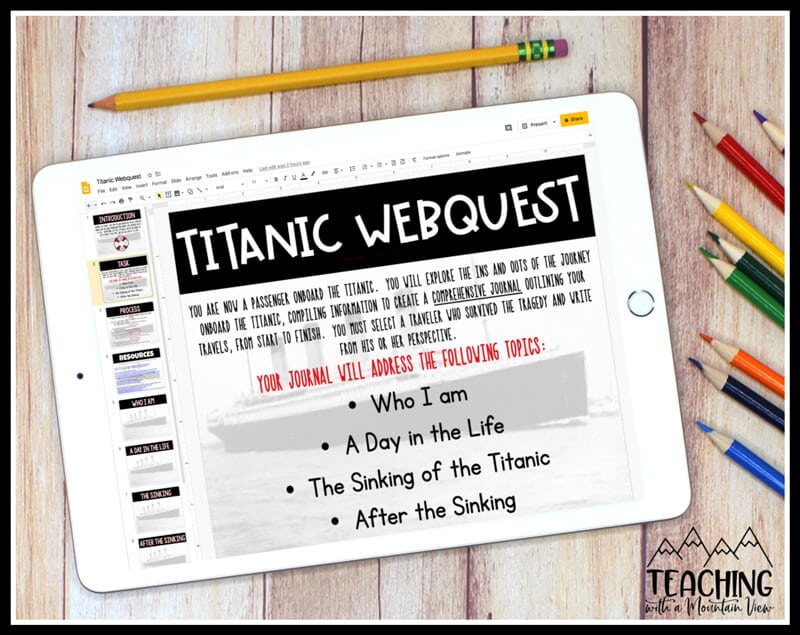
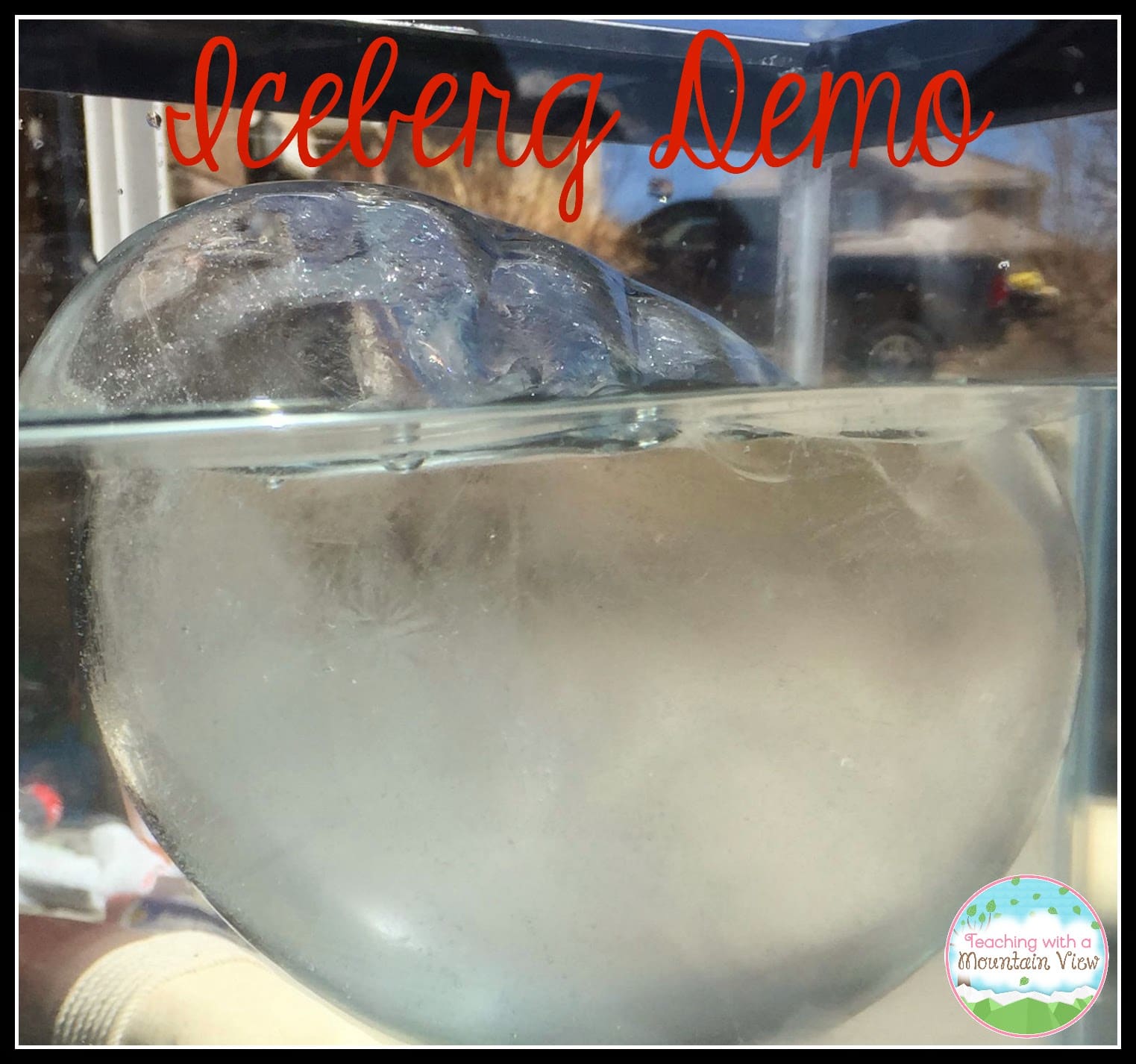
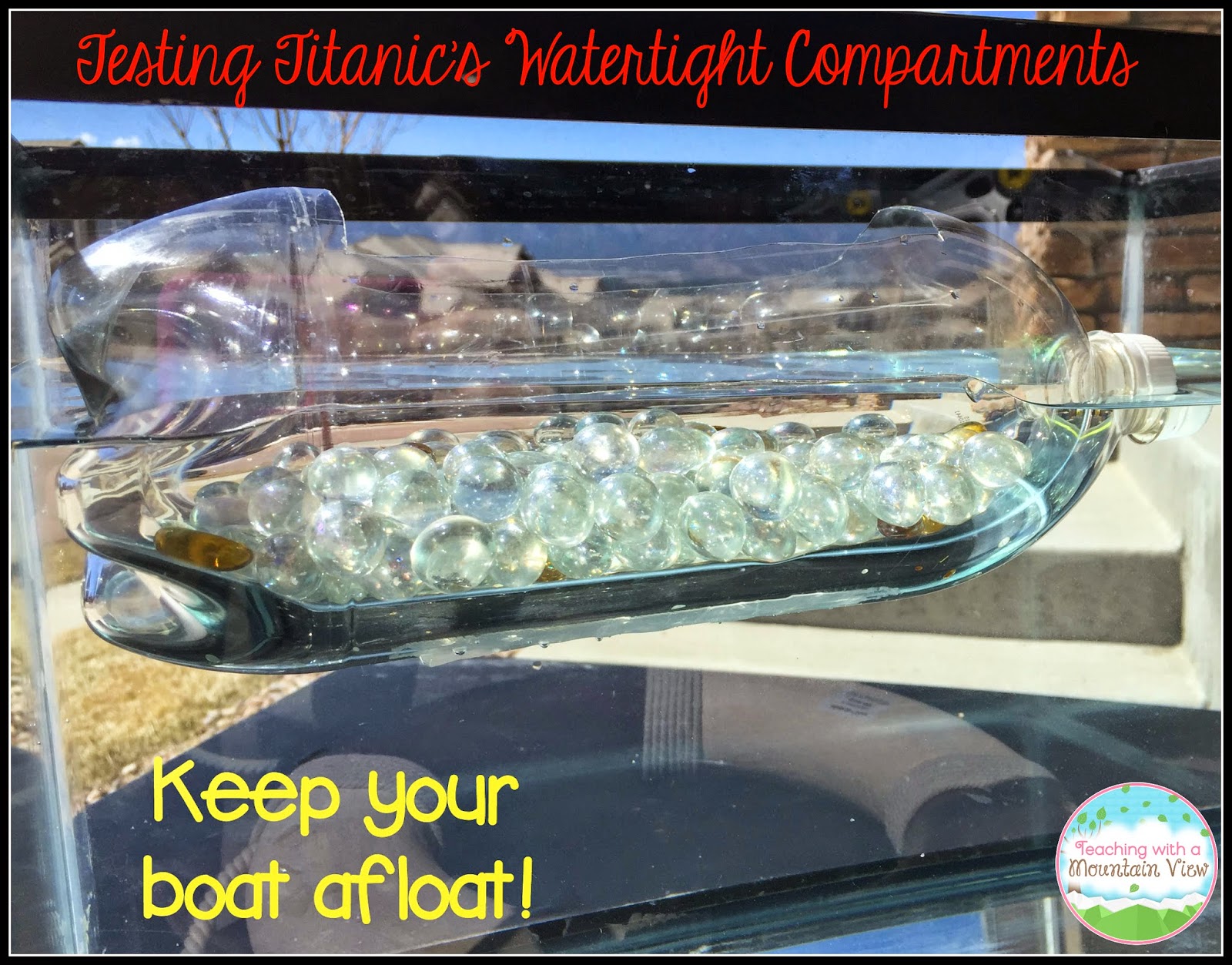
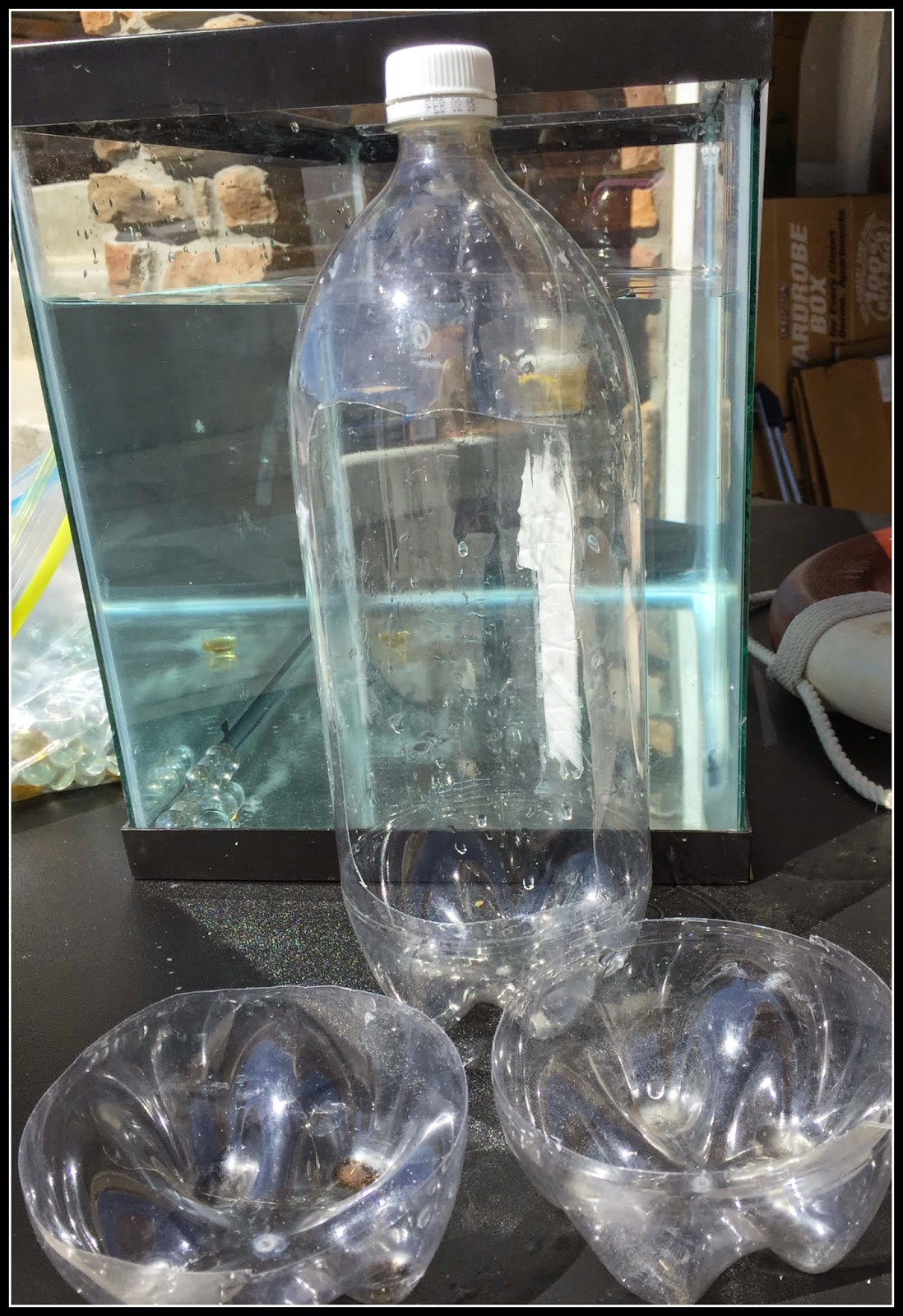
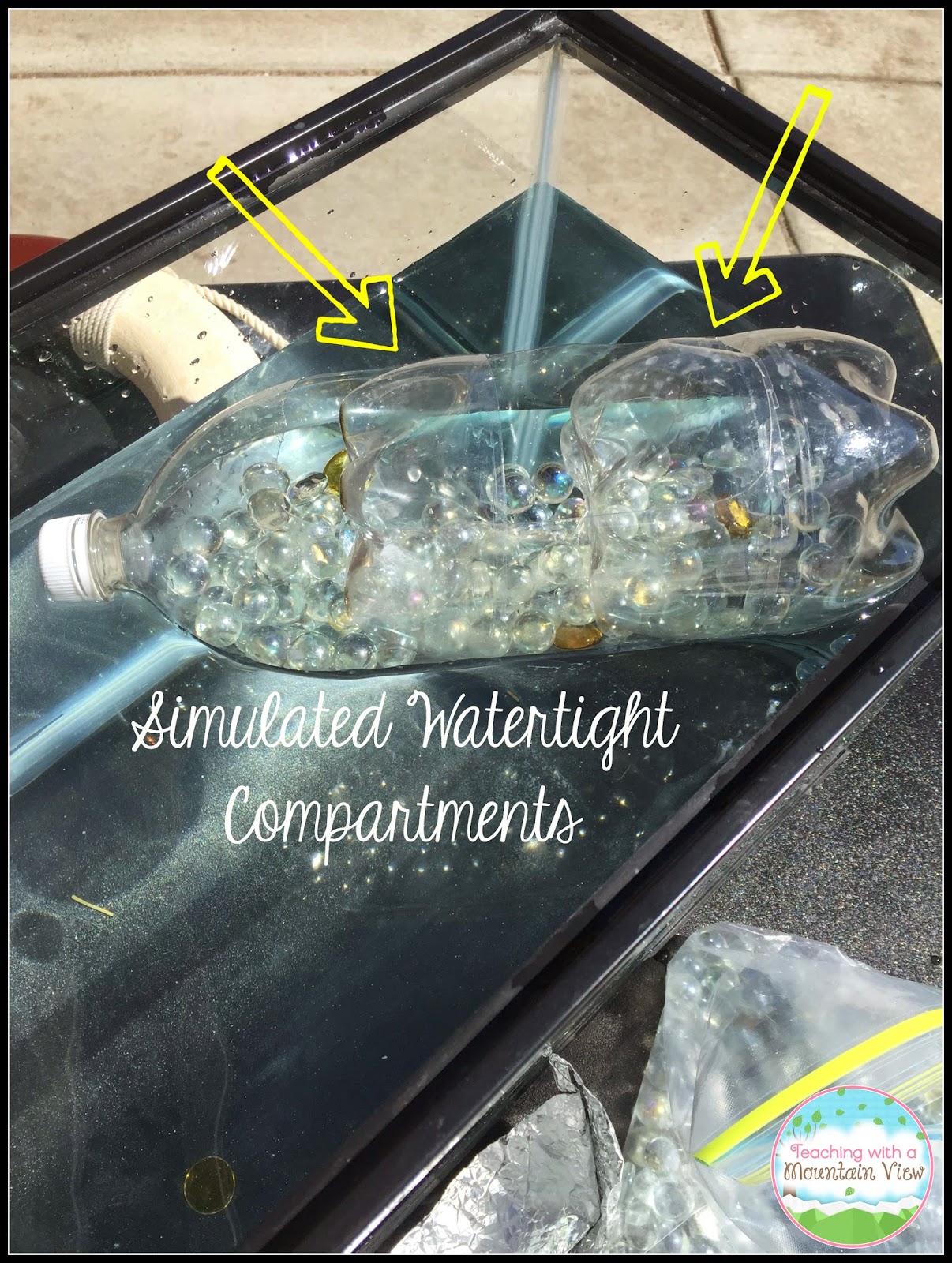
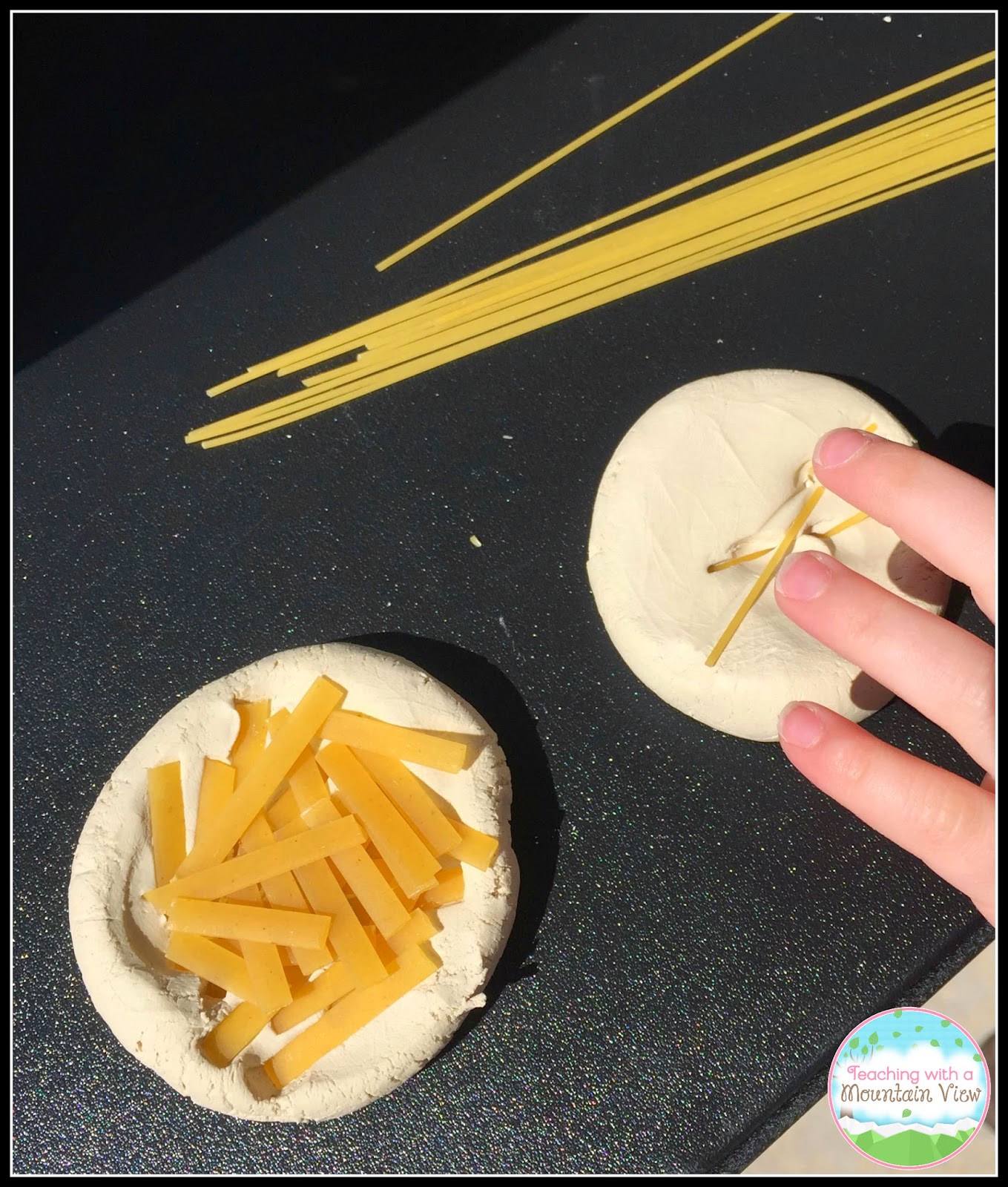
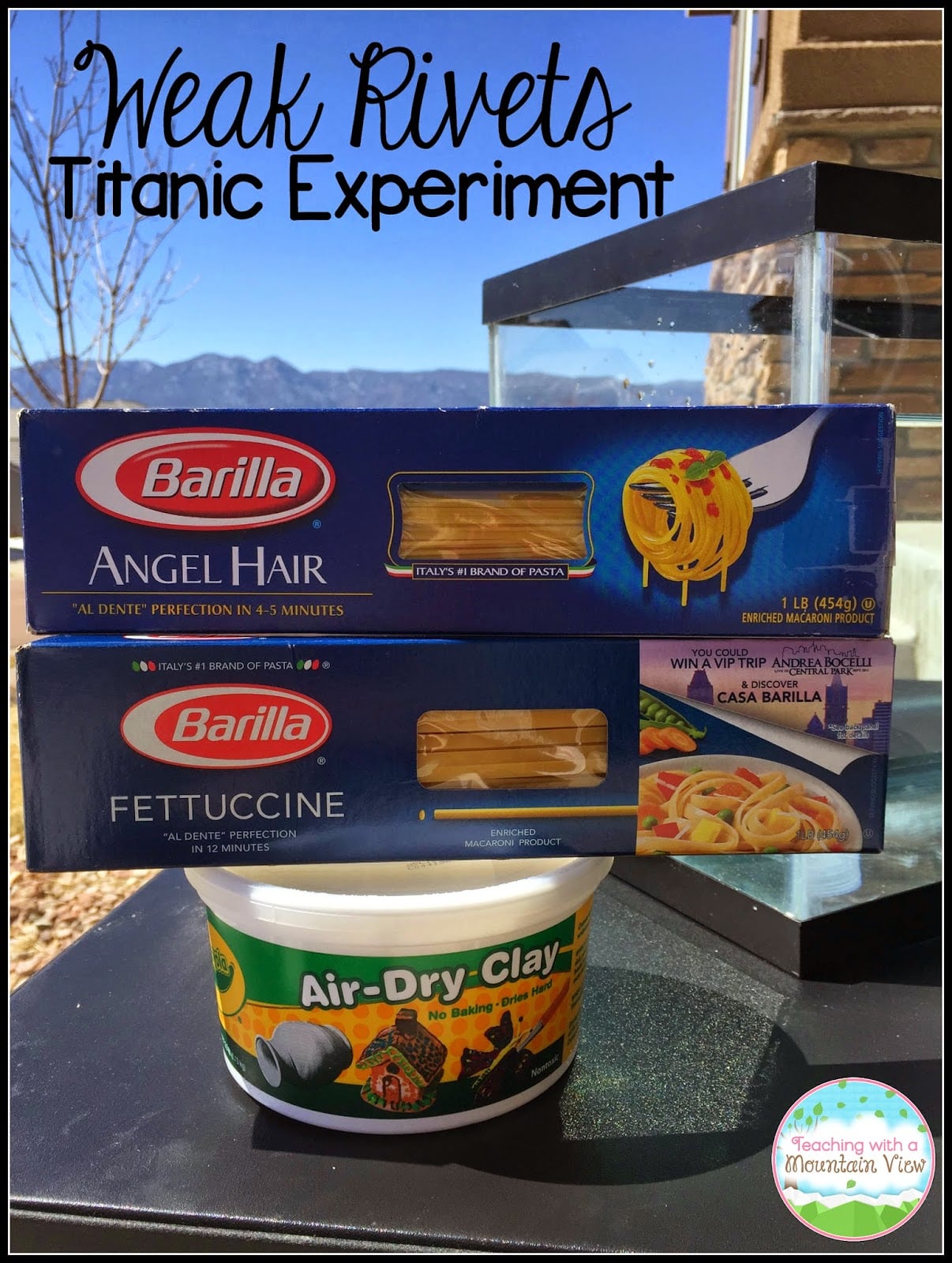
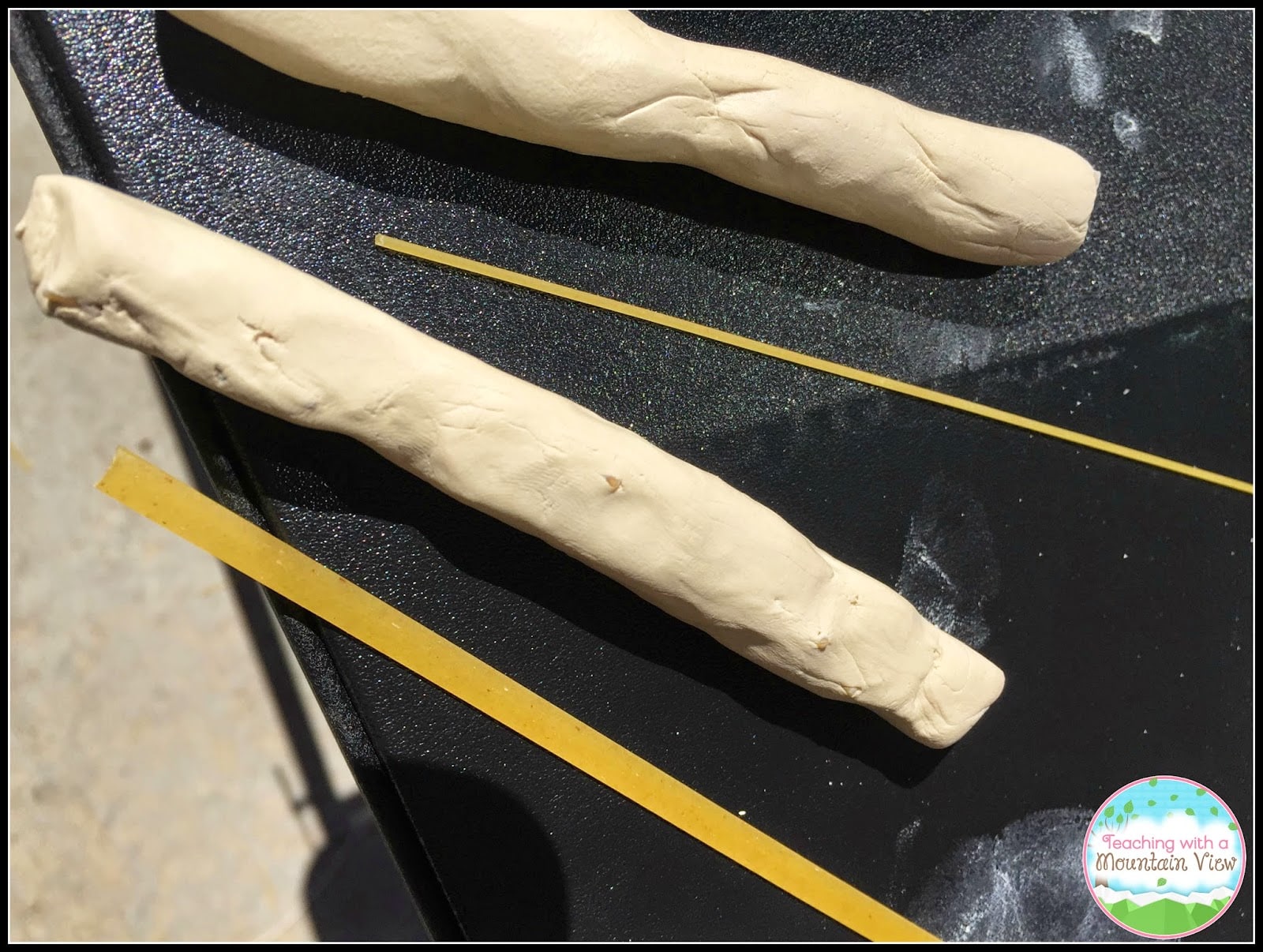
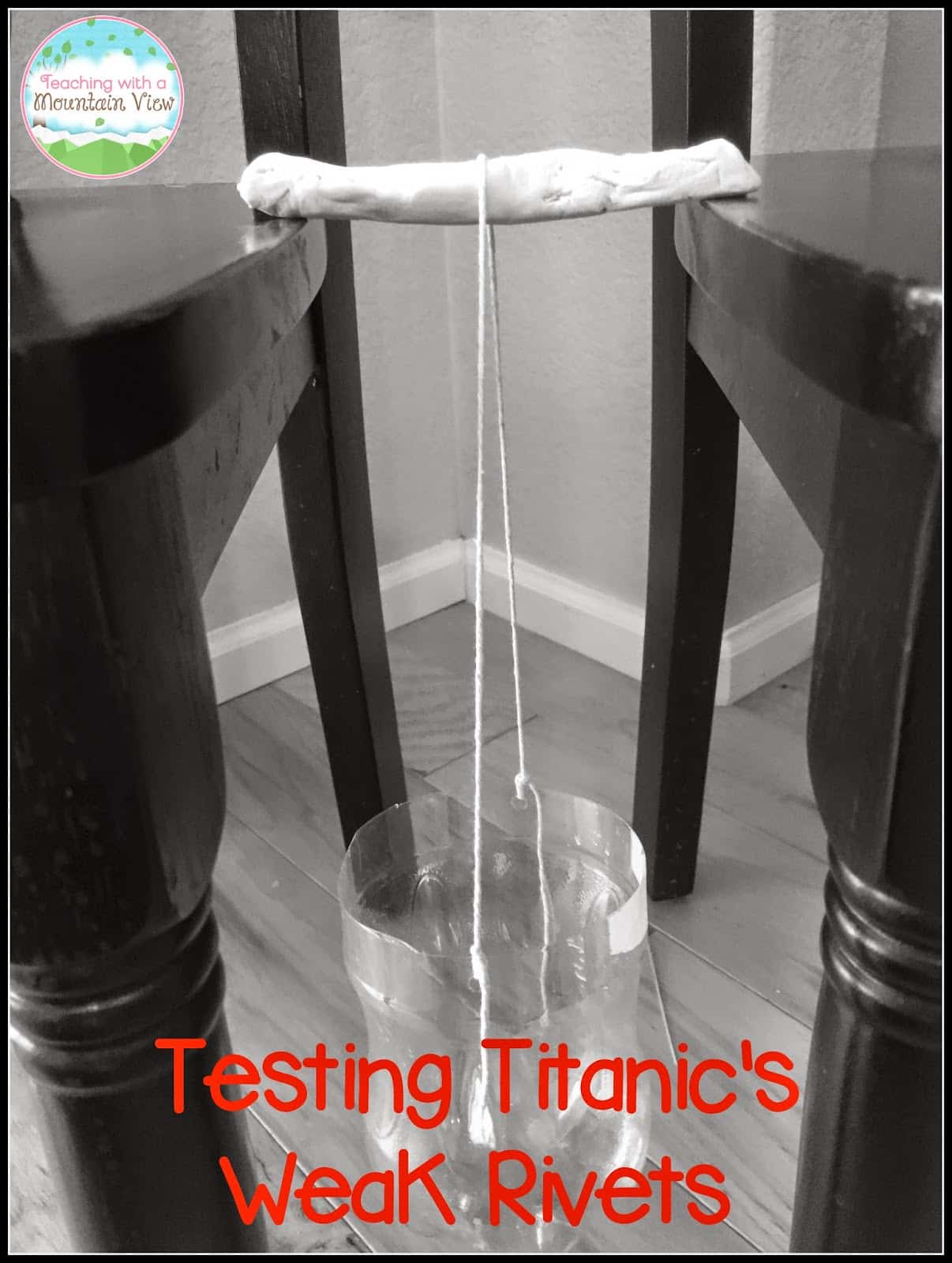
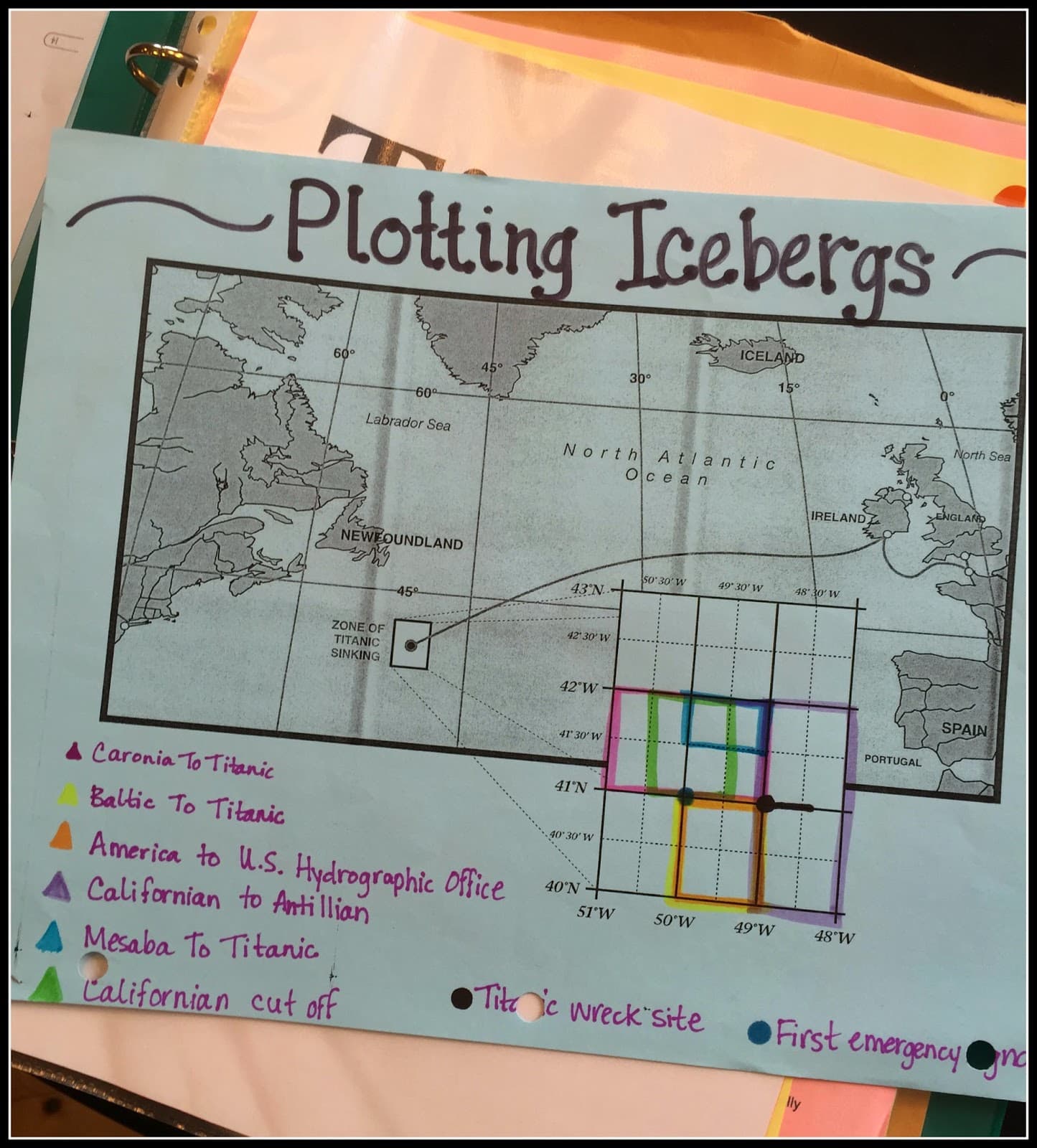
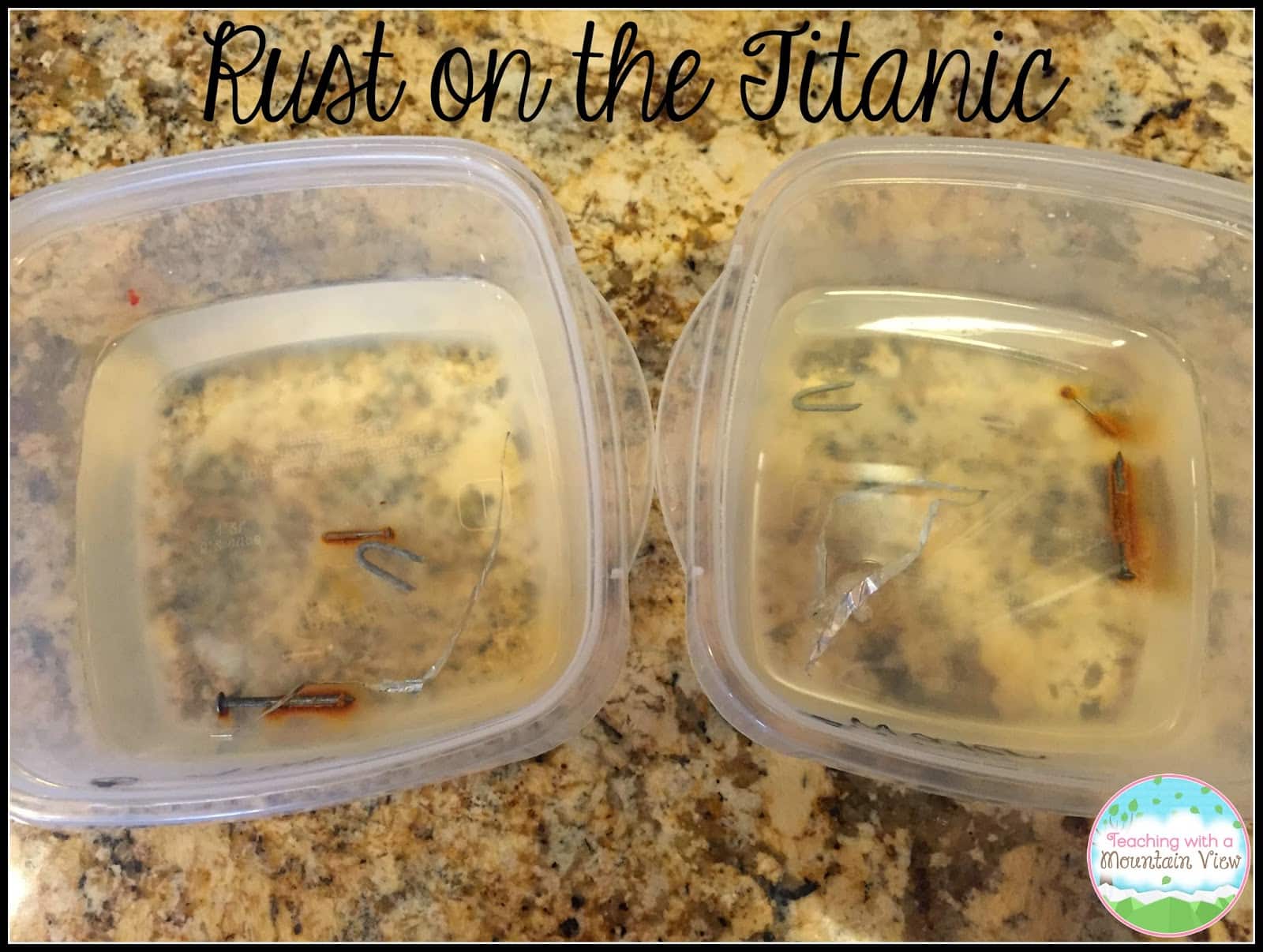
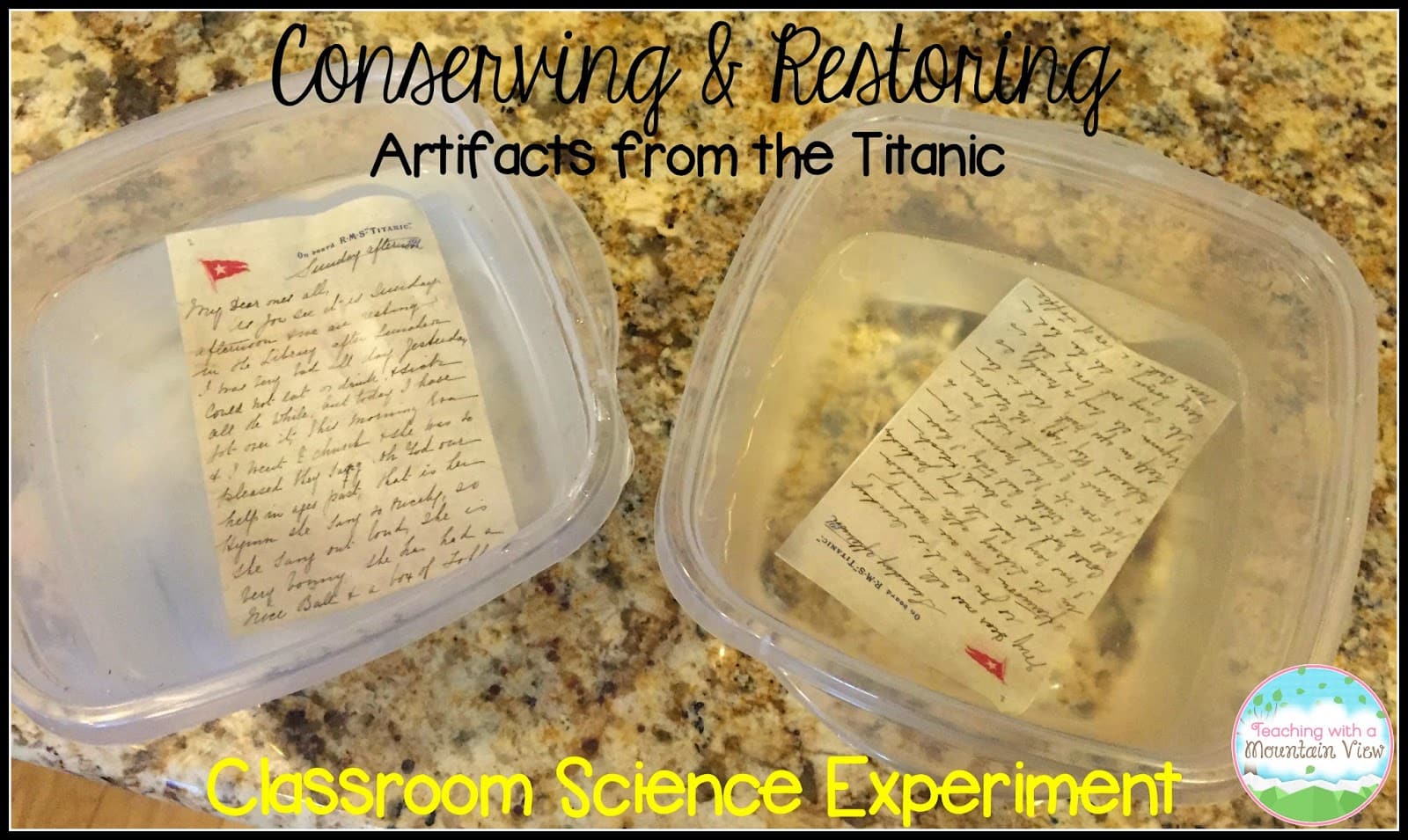
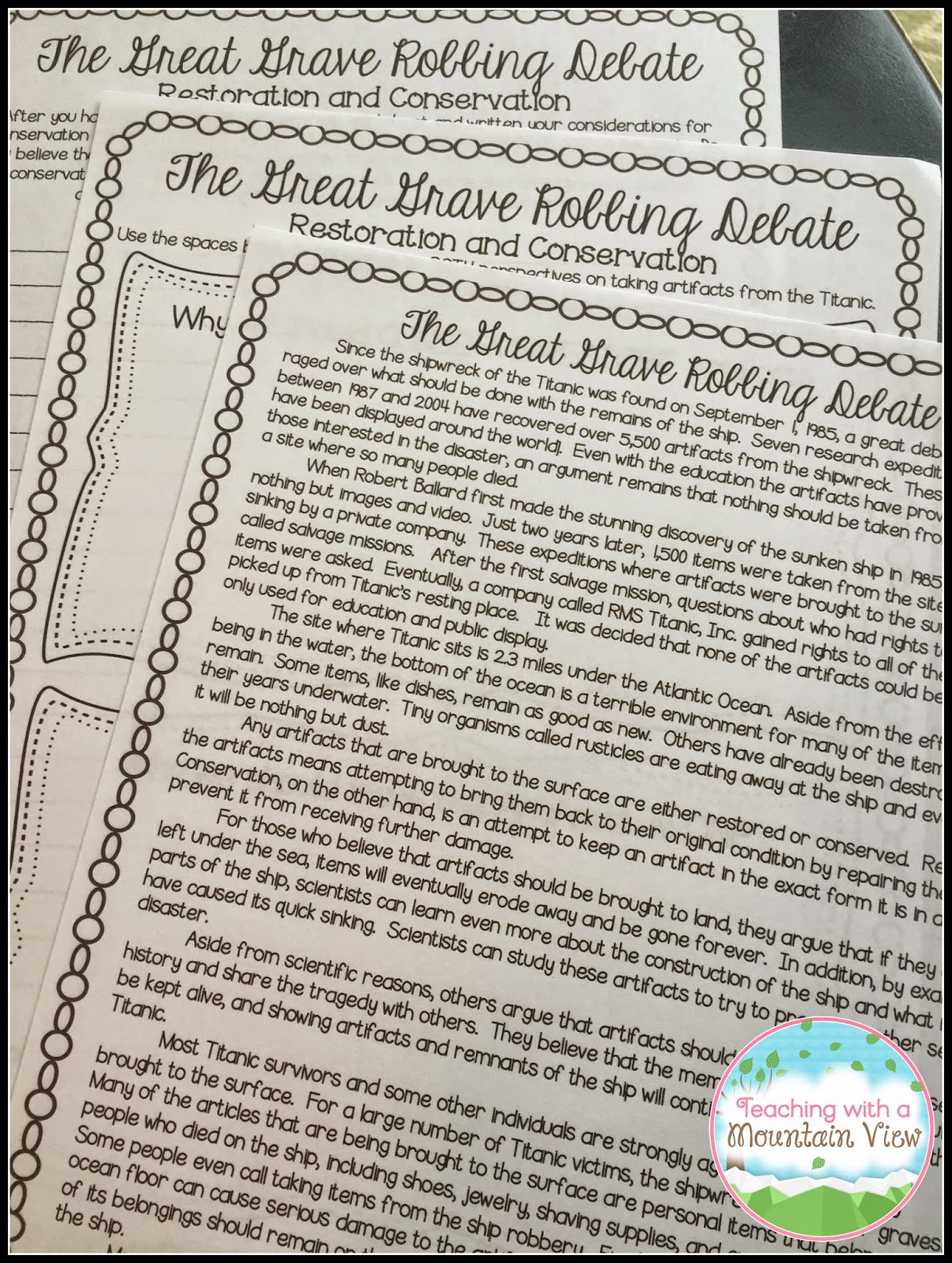
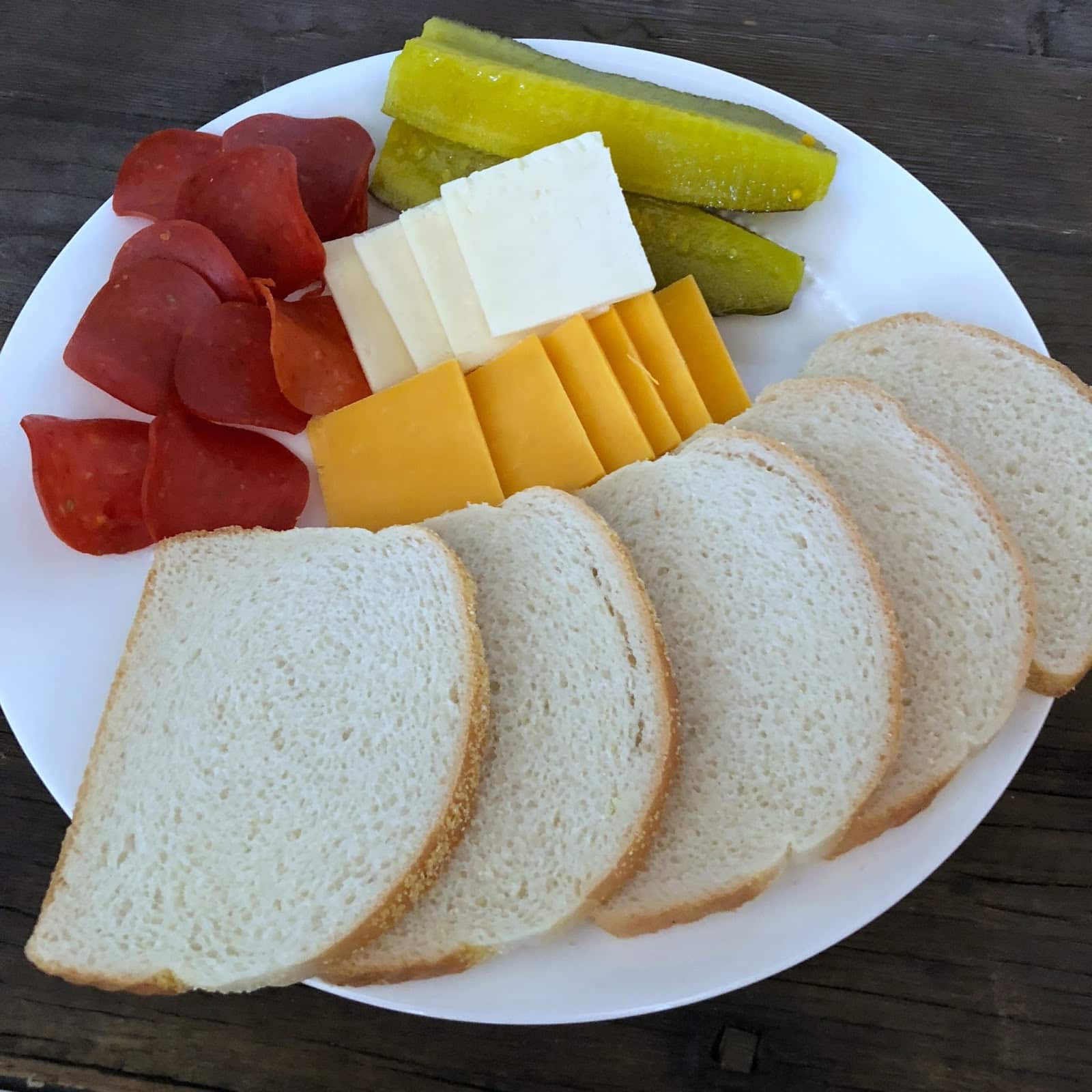
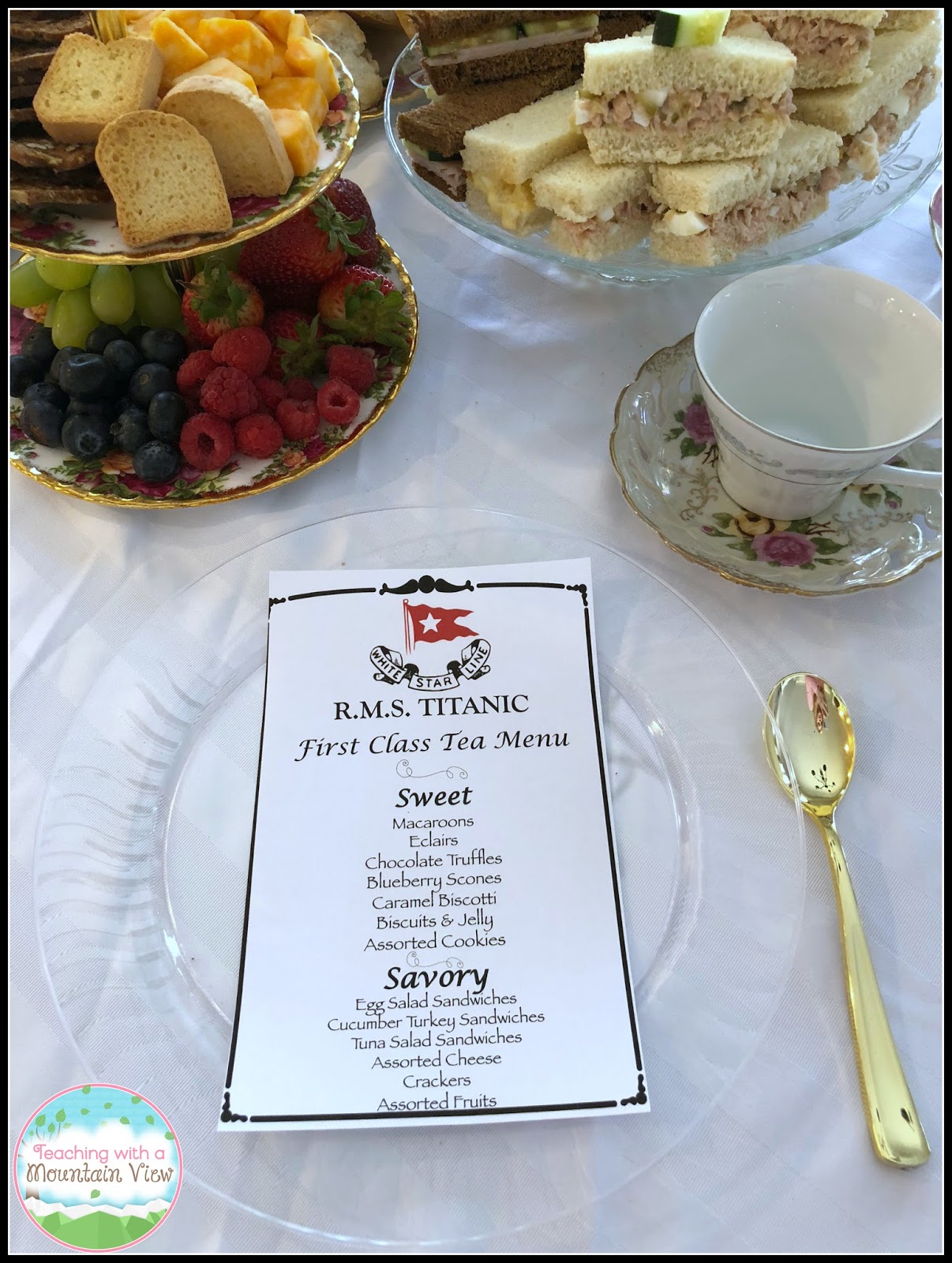

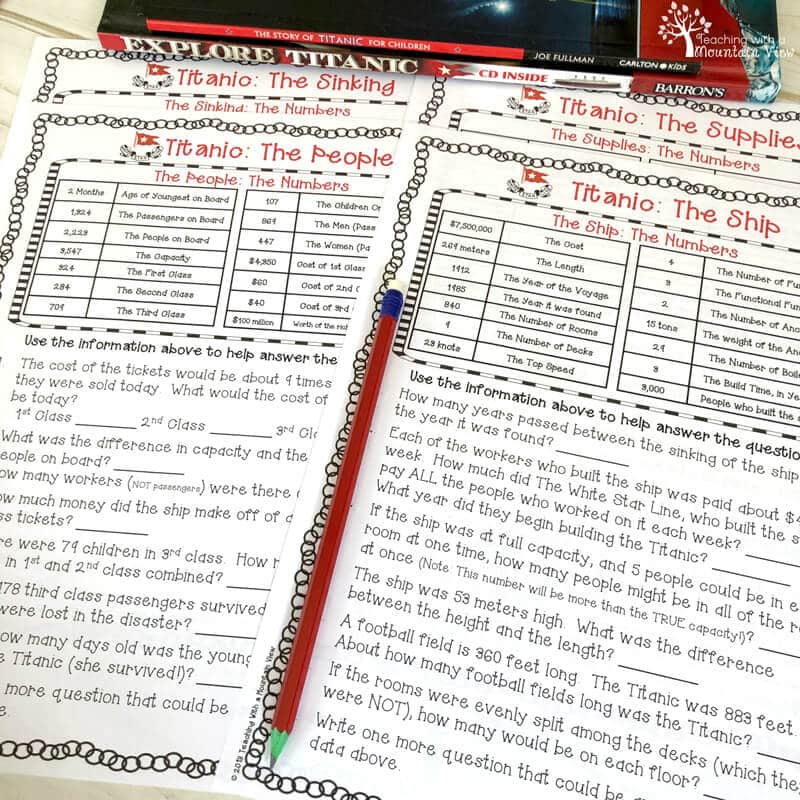
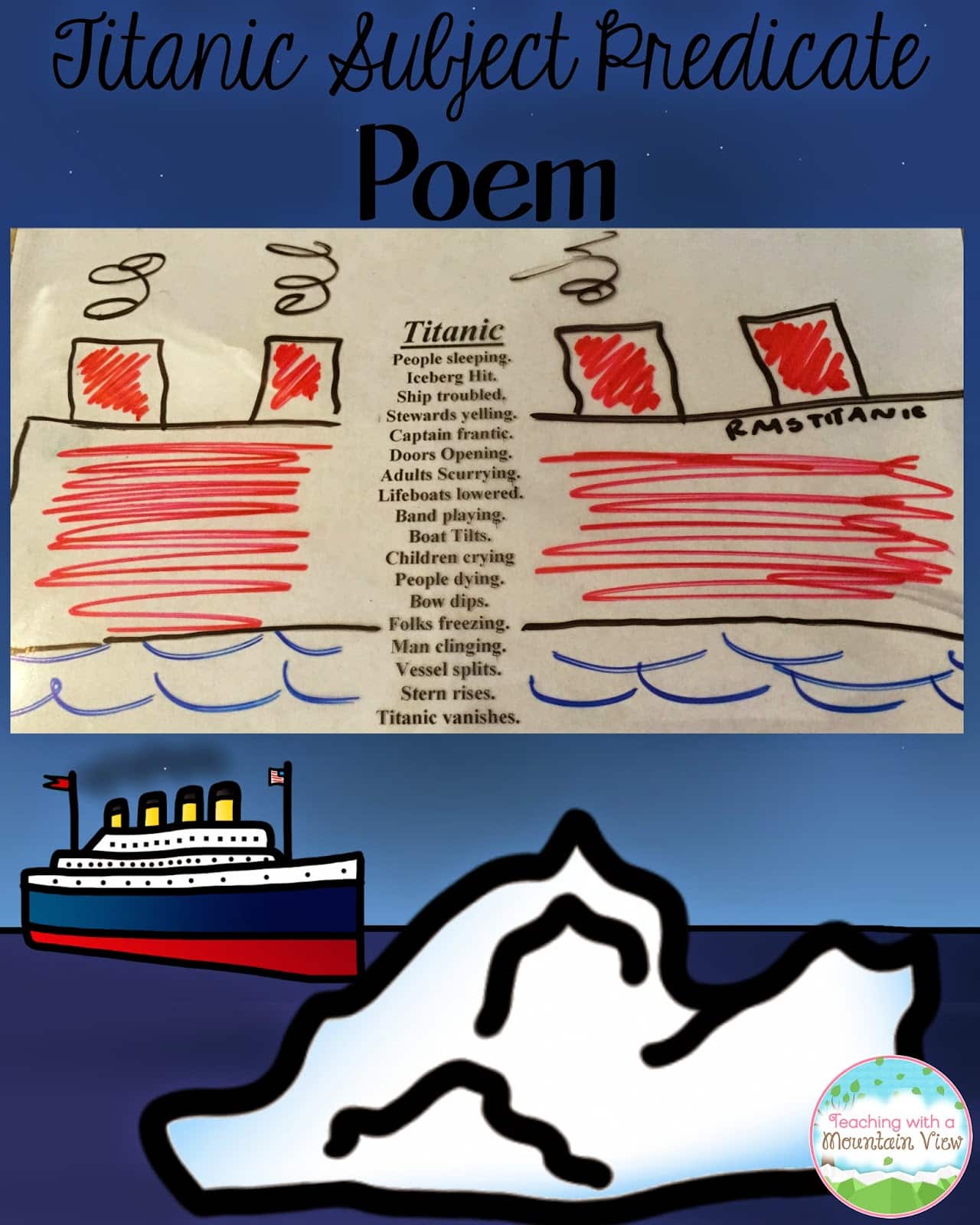
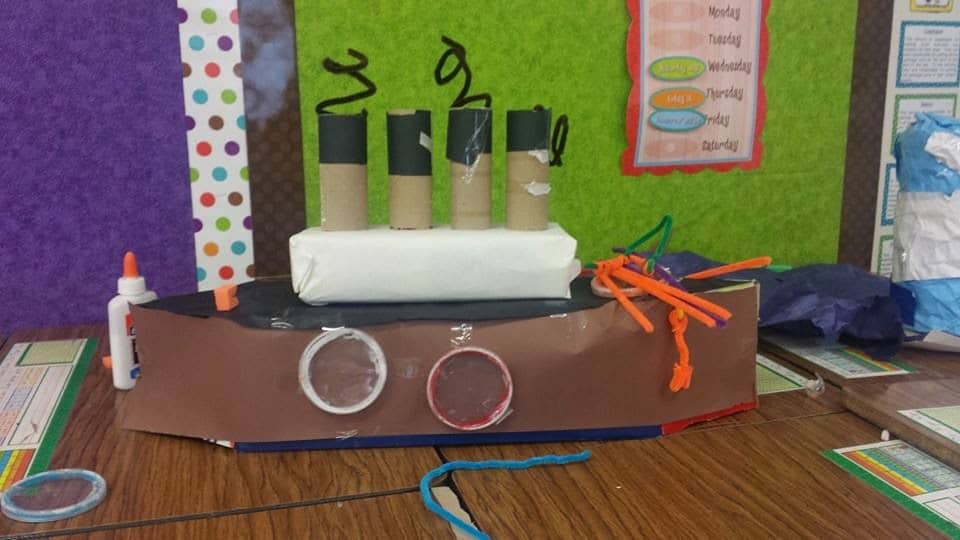
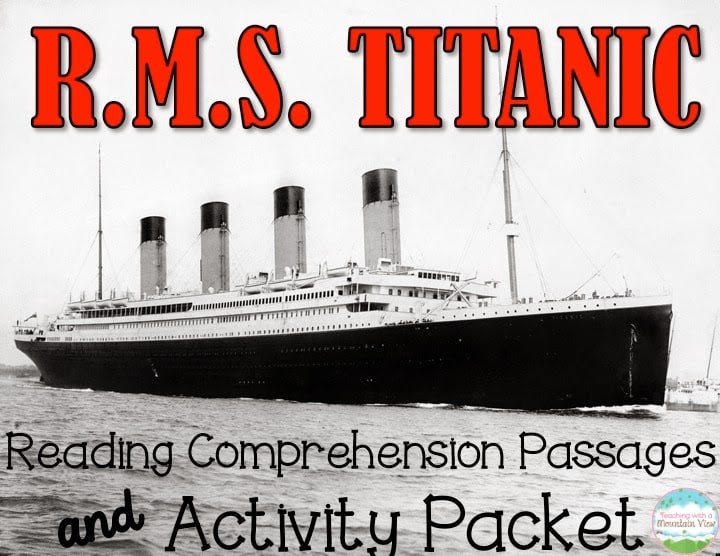





This is AMAZING. (I too was weirdly fascinated by the Titanic and not by anything else normal or teenager-y) I do want to know what time of the year you typically teach this, and if you are able to connect any standards to it.
Hi Brittany!
I teach it whenever I can fit it in, but most often in April, around the anniversary of the sinking and after state testing. You can connect a TON of standards to it, especially when it comes to the literature and math piece. Science standards can be more tricky because they differ from state to state, but in general, there is always one a bout the scientific process, so I use that. 🙂
Mary
Brittany beat me to my description of this- AMAZING! Thank you for sharing all these great ideas.
In corporate environment, group activities can be used to introduce a topic, improve communication, review previous training or teach a new technique. There are several benefits to company when people take part in such activities.
This comment has been removed by the author.
Thank you! I have to thank you for the efforts you’ve put in penning this site.I really hope to check out the same high-grade blog posts by you later on as well. In truth, your creative writing abilities has motivated me to get my own website now !
unblocked games |
unblockedgames
friv4school |
friv 4 school
cops and robbers
tetris games
monster high games
Talking about his house forever, the galaxy to tease h1z1 , gta 5 , cities skylines , h1z1 maps , gta 5 cheats ps4 , cities skylines
I love the Titanic! I teach fourth grade math and science and I'm trying to come up with a way to create a cross-curricular project about the Titanic. I am just wondering what grade you teach?
Thanks for all of the resources!
If you still monitor these comments, This is AMAZING! One of my 4th grade teachers used much of it and it went perfectly with what we are trying to do with kids, go deeper and use Critical Thinking, Collaboration, Creativity and Communication to make connections. I am going to use this unit as an example of how to get kids thinking deeper with a guiding question of Impact – How do our choices affect ourselves, our communities, and the
world? We also have a Titanic presentation coming to a local children's museum that we want to take our kids to. Thank you for sharing!
Thank you so much for your feedback! I love your guiding question… are you an IB school?